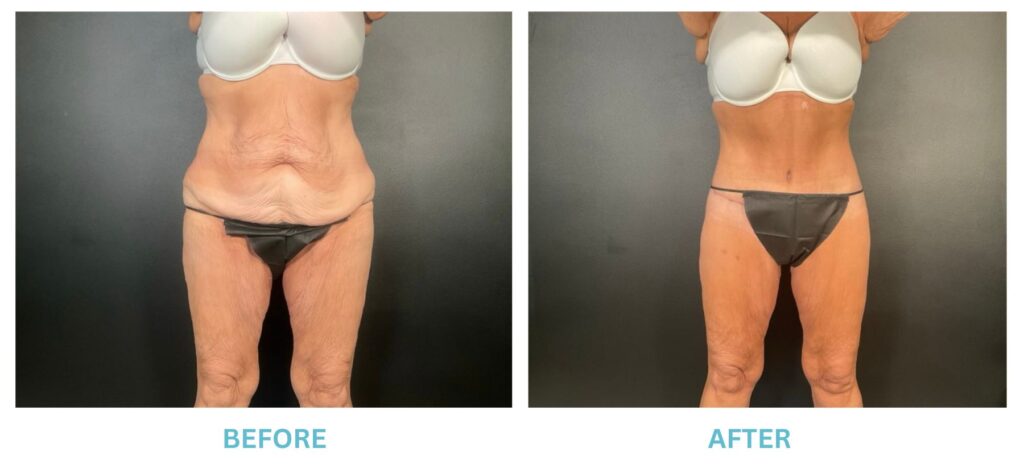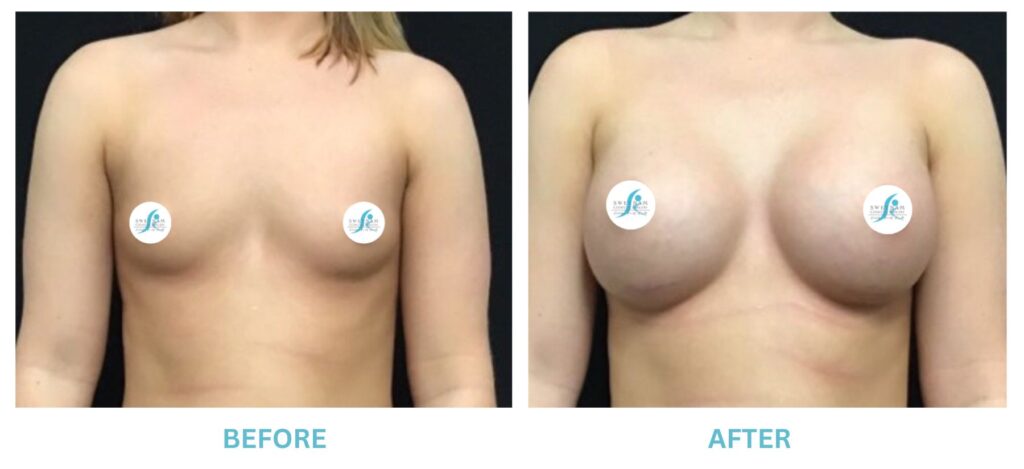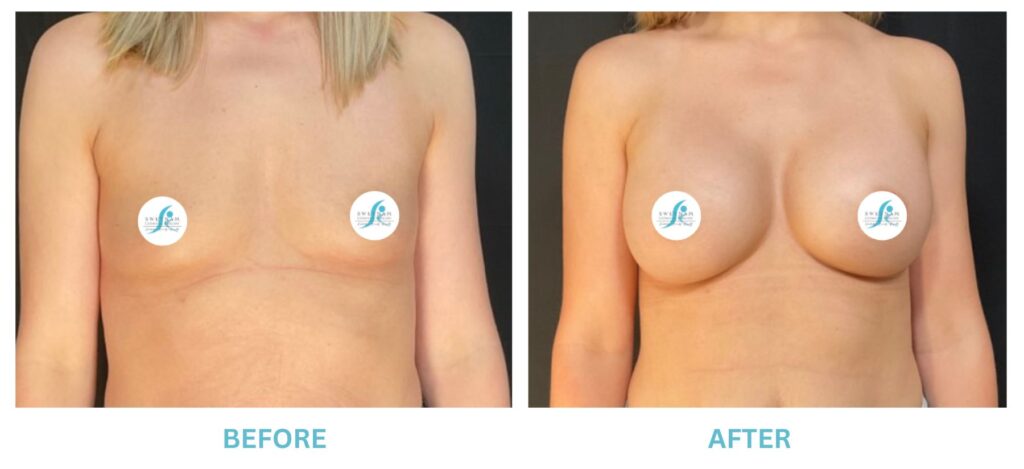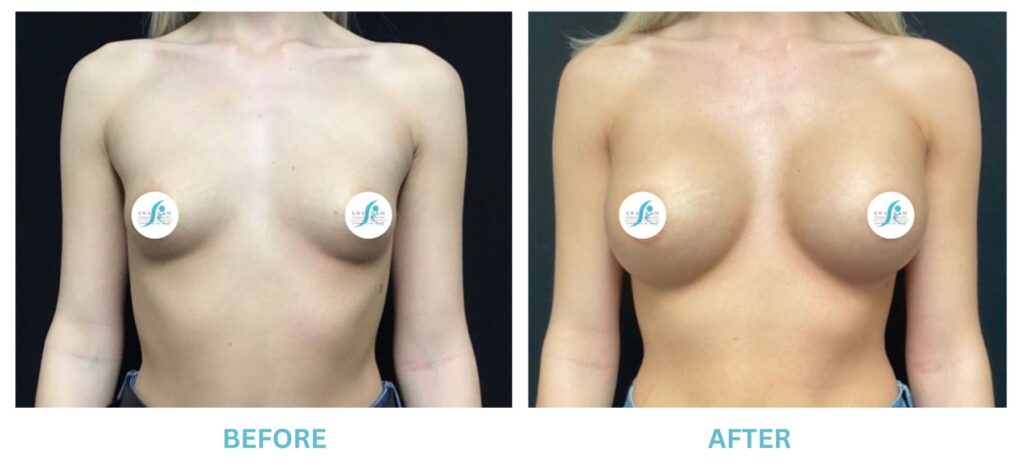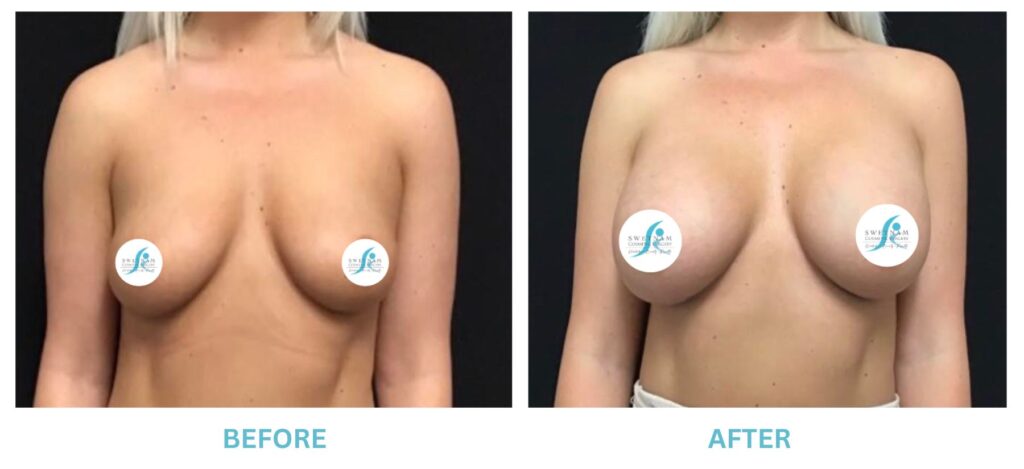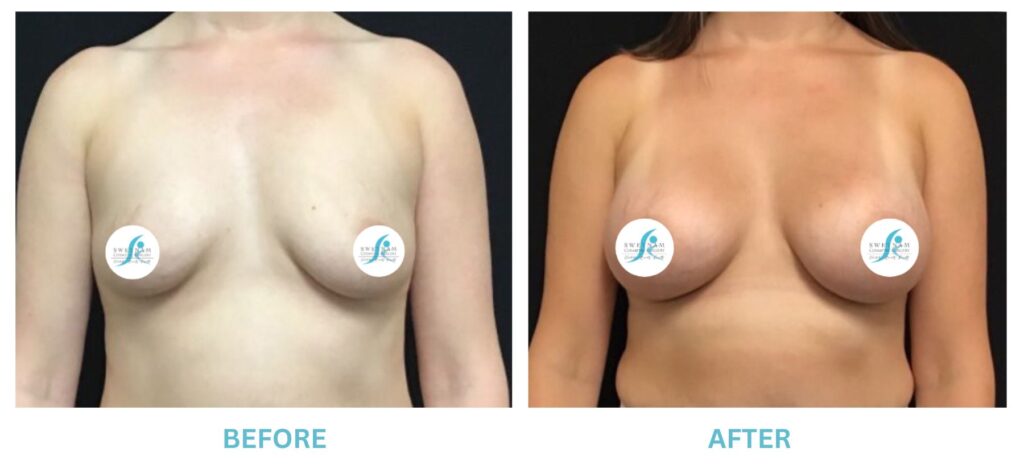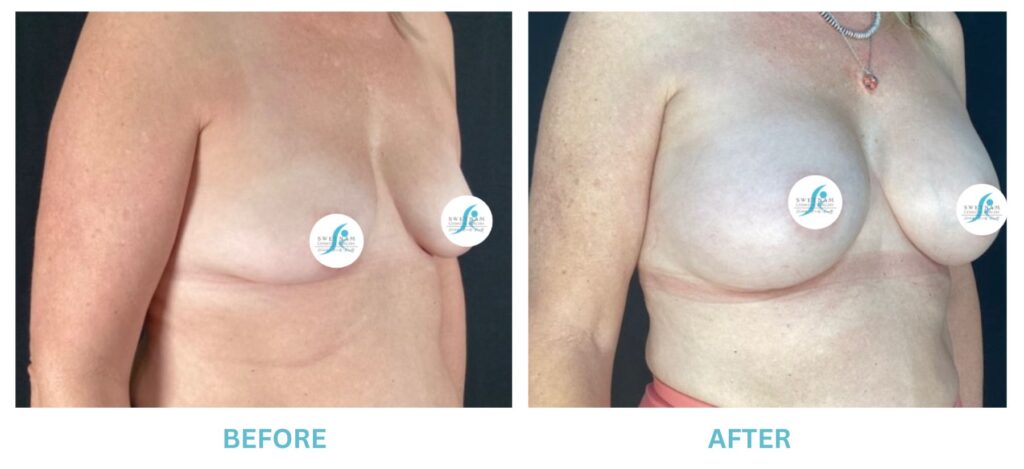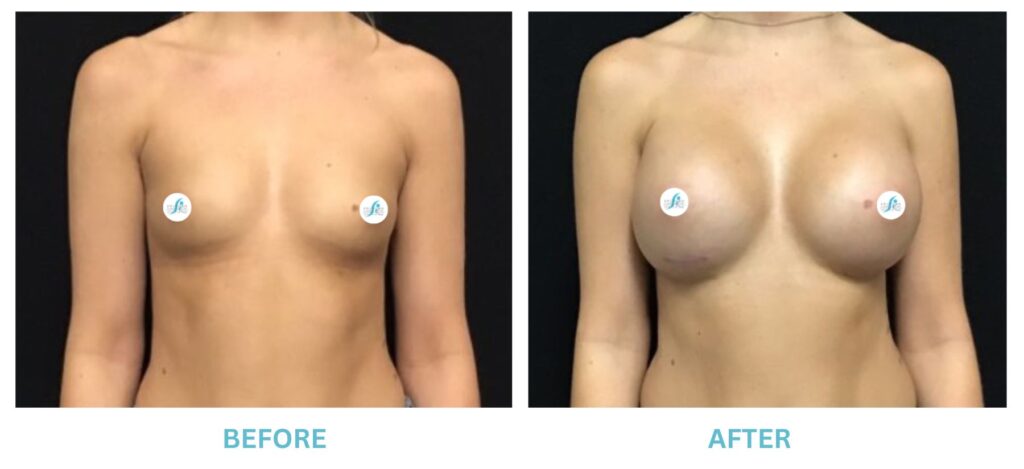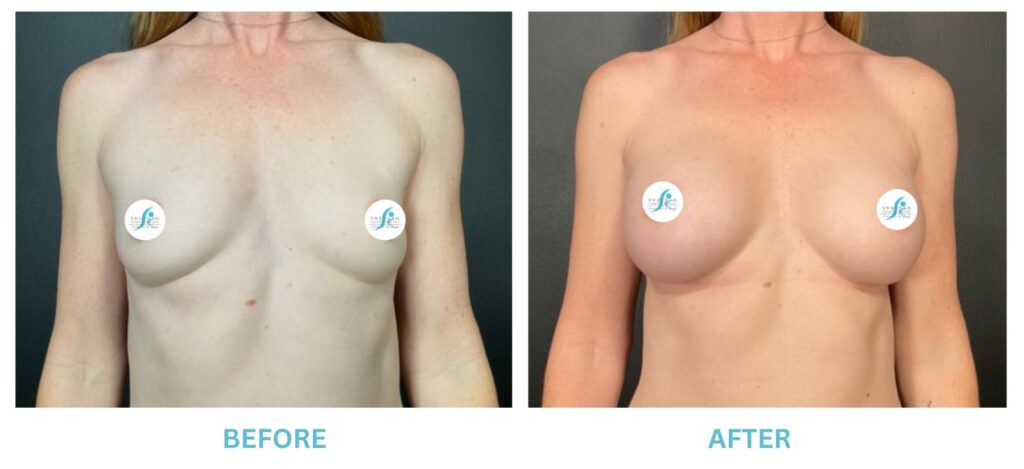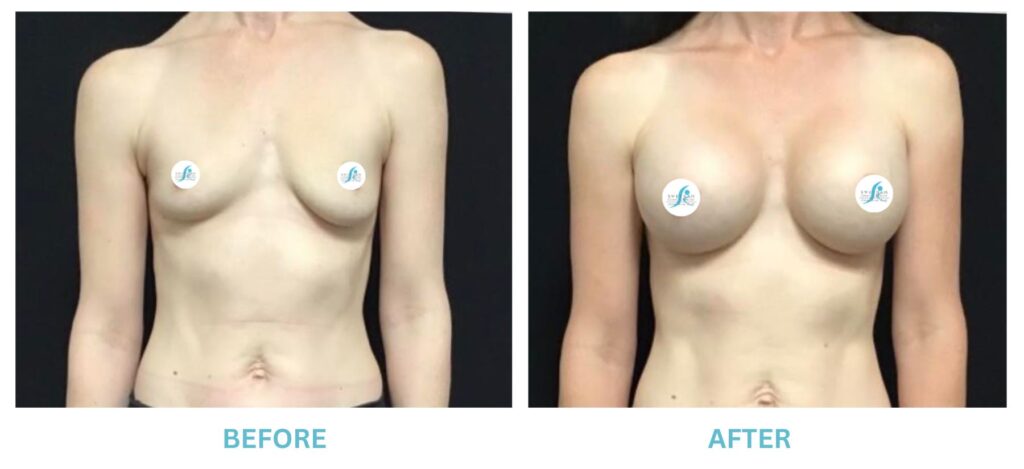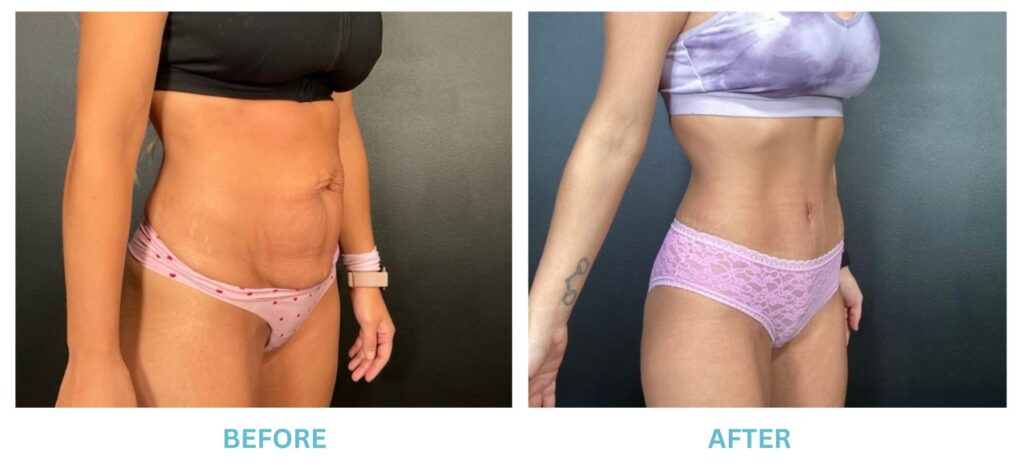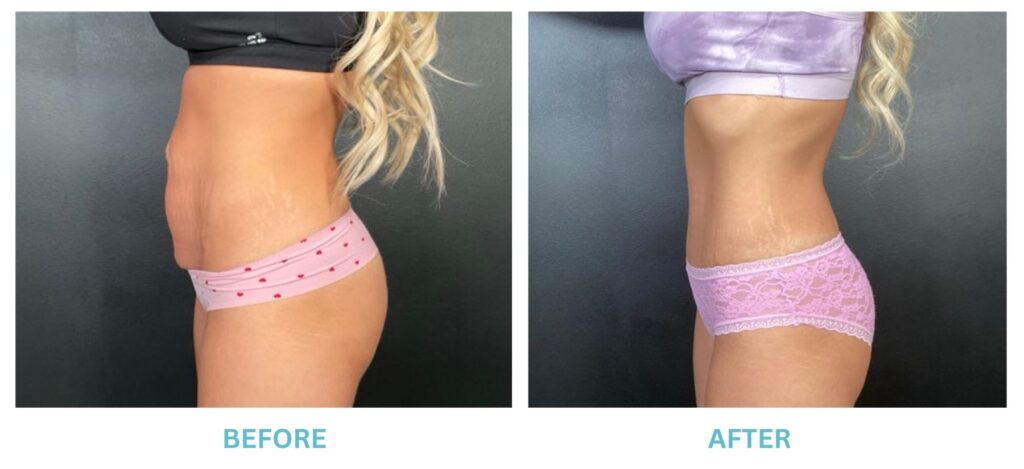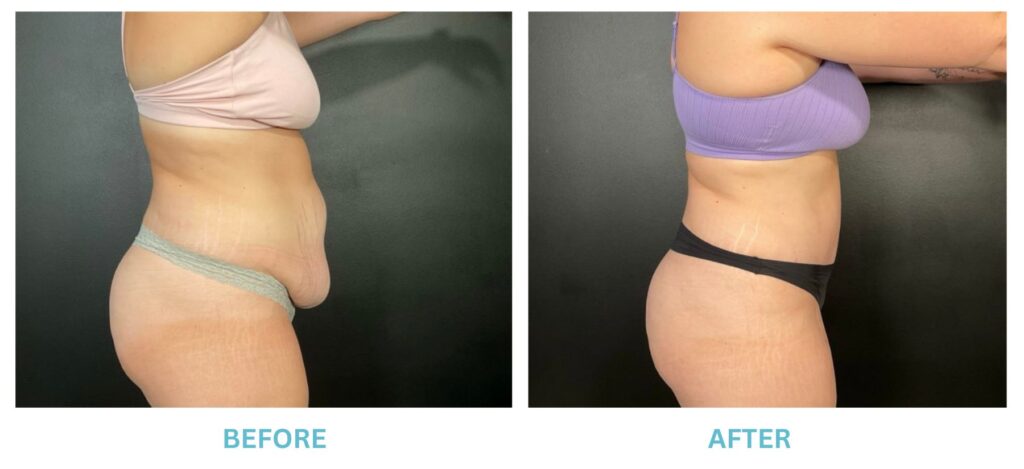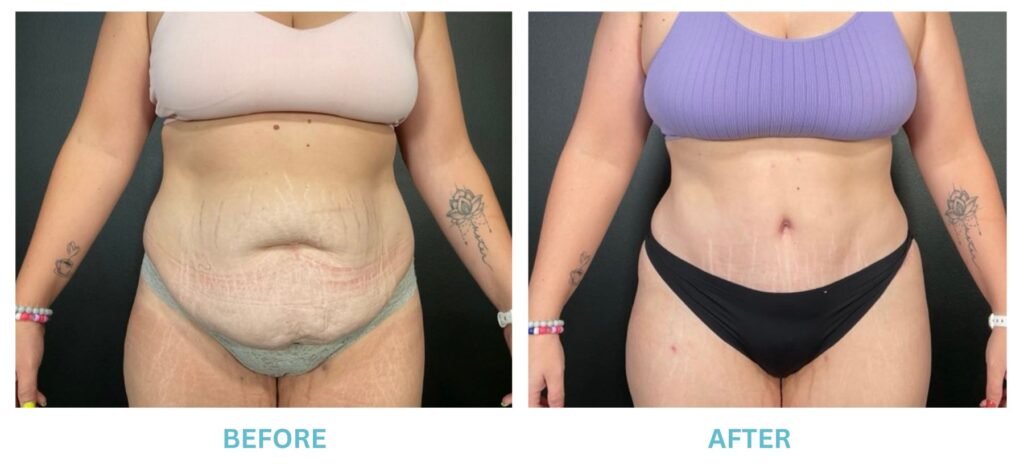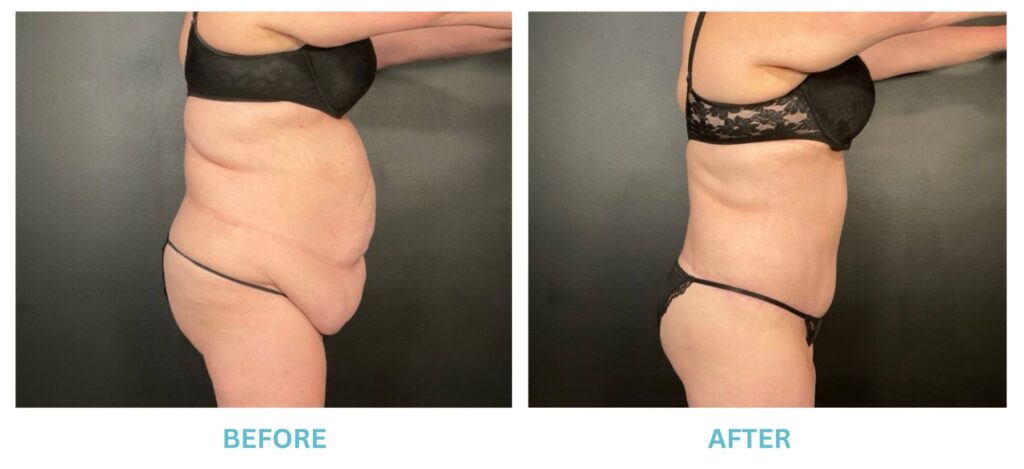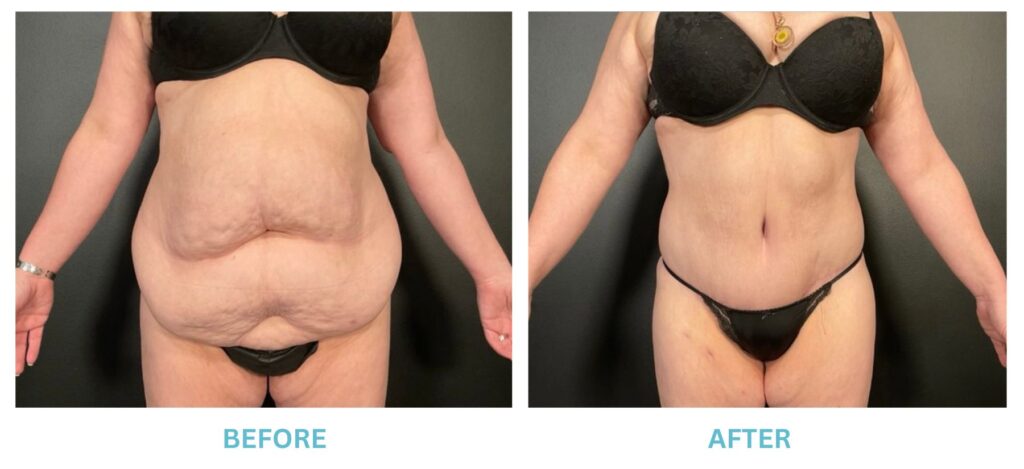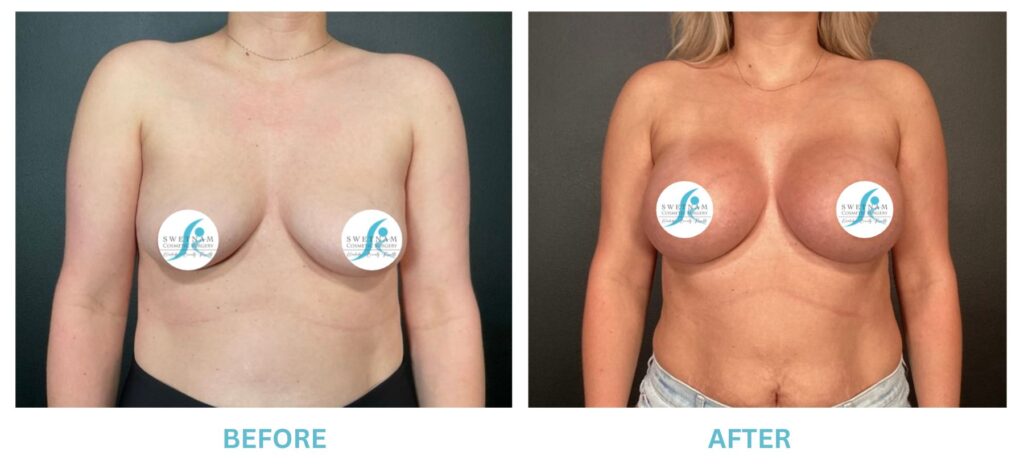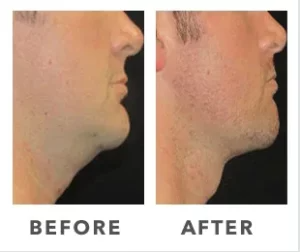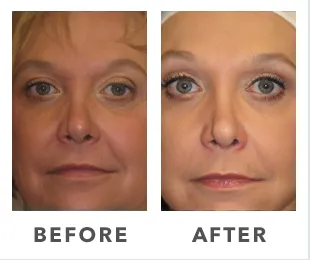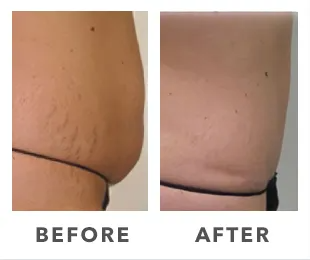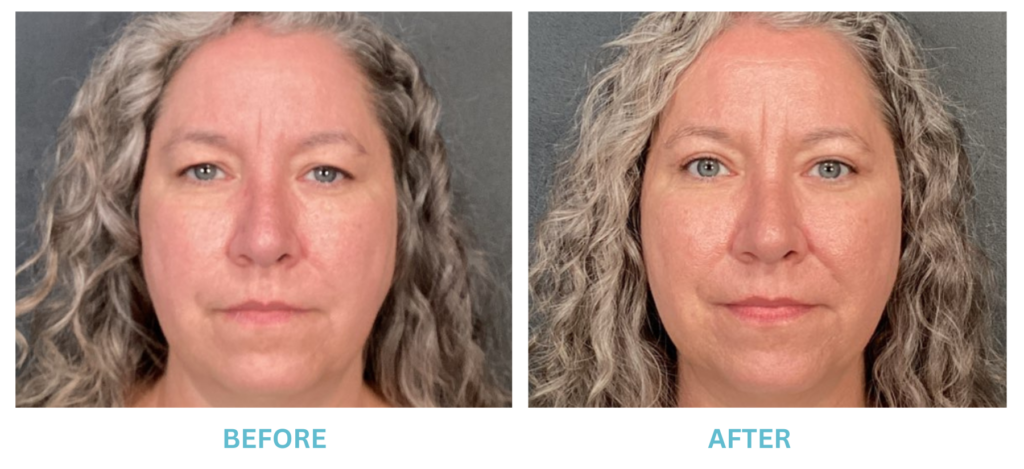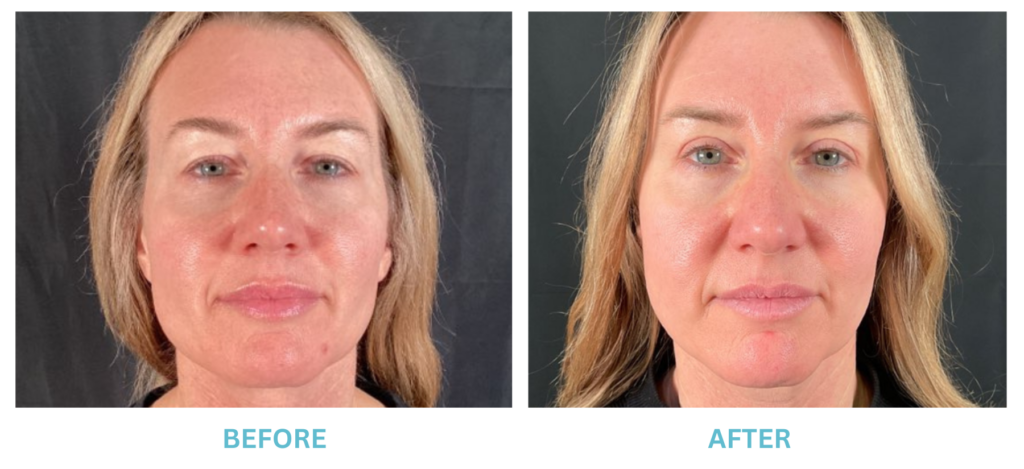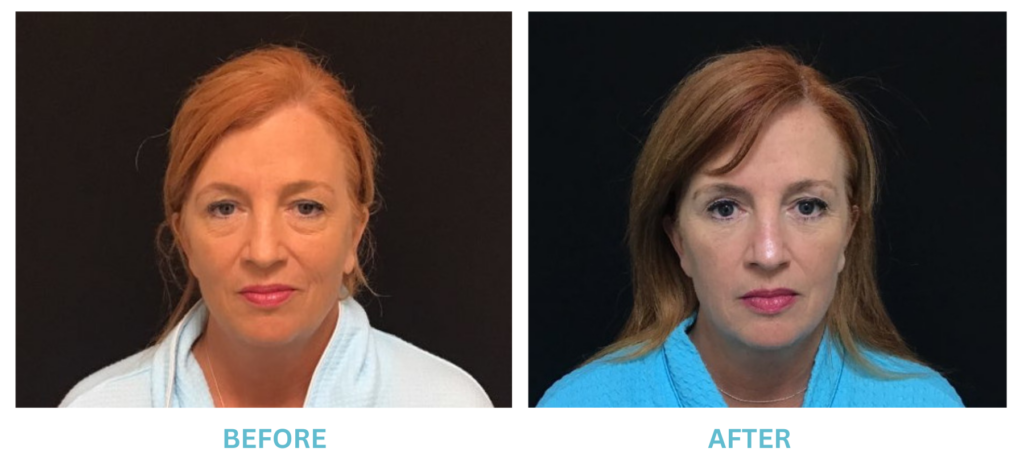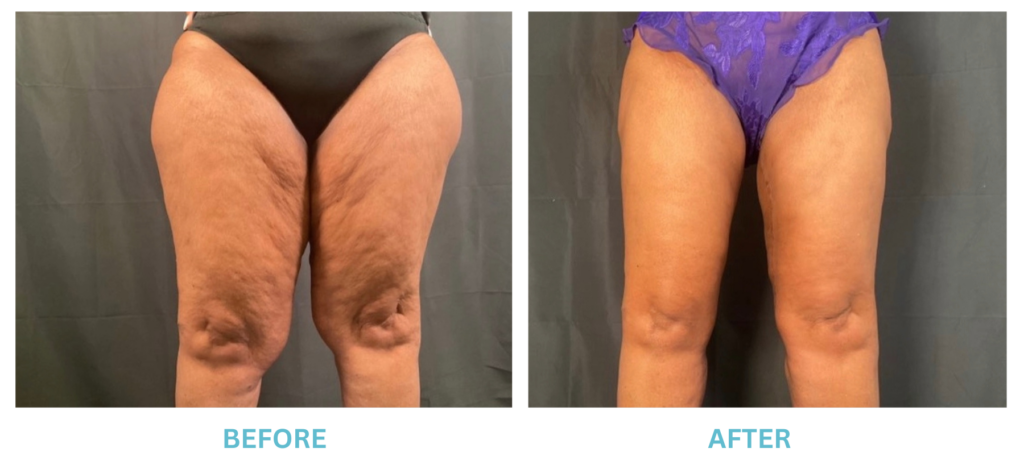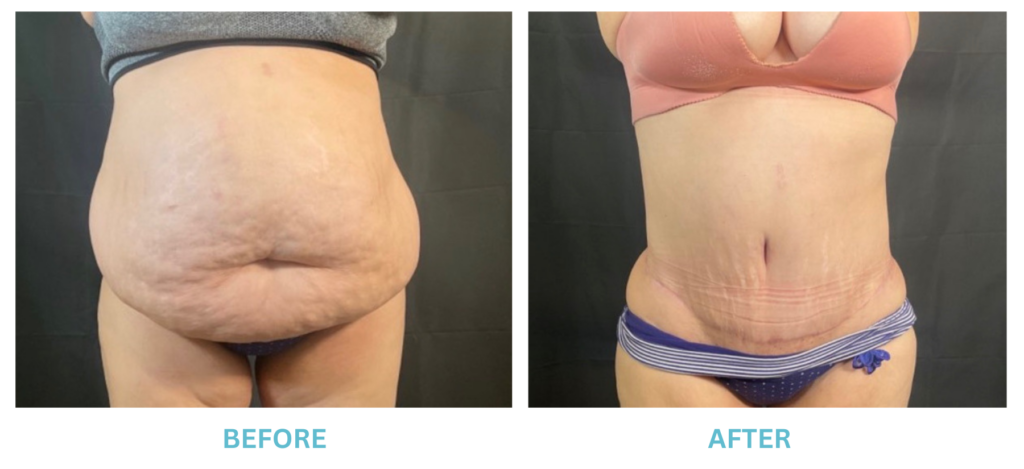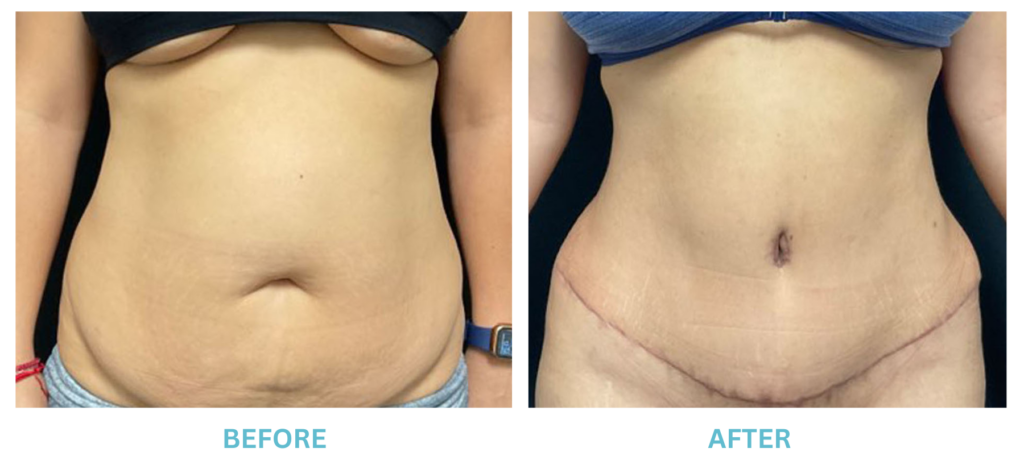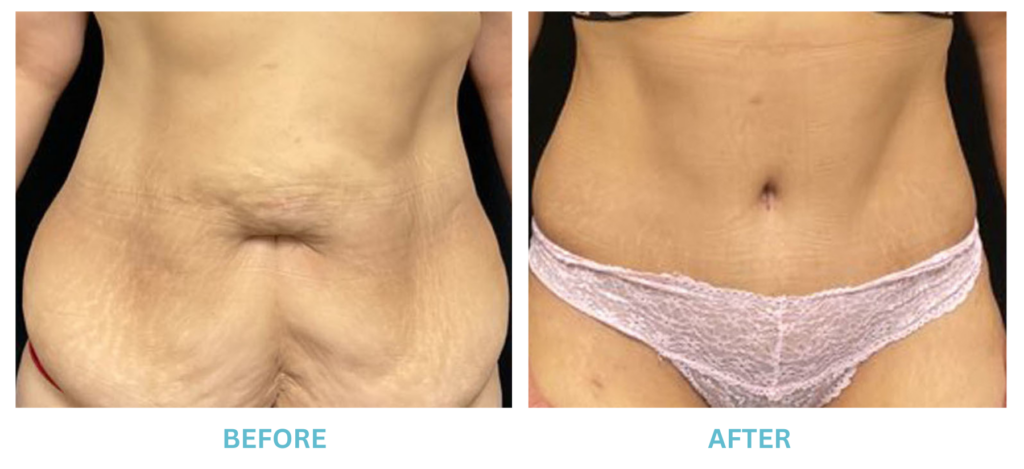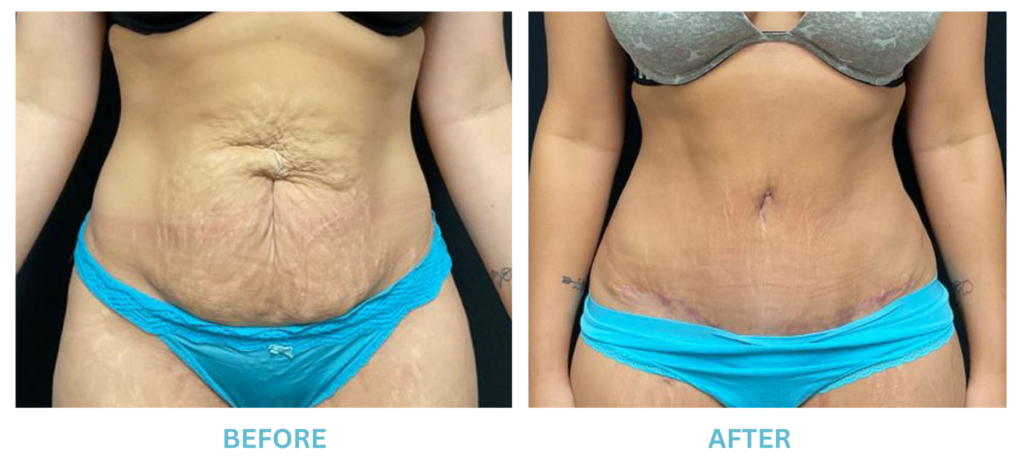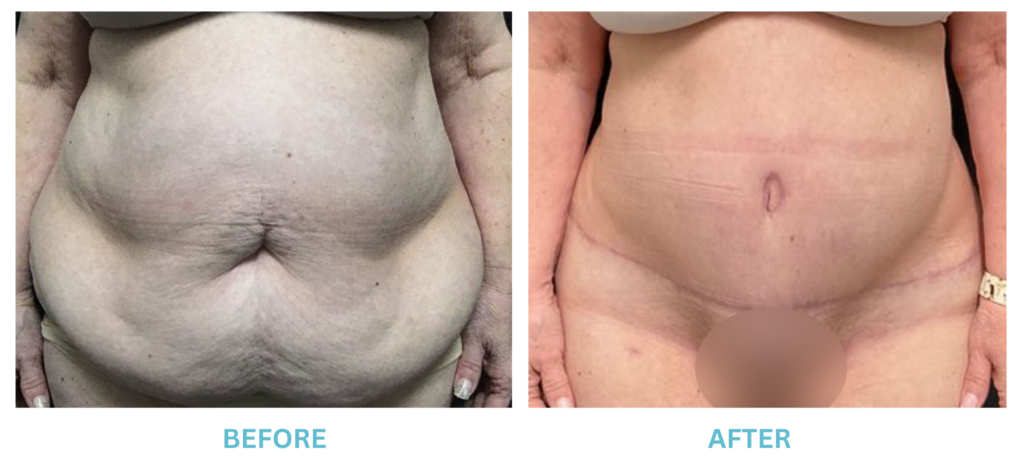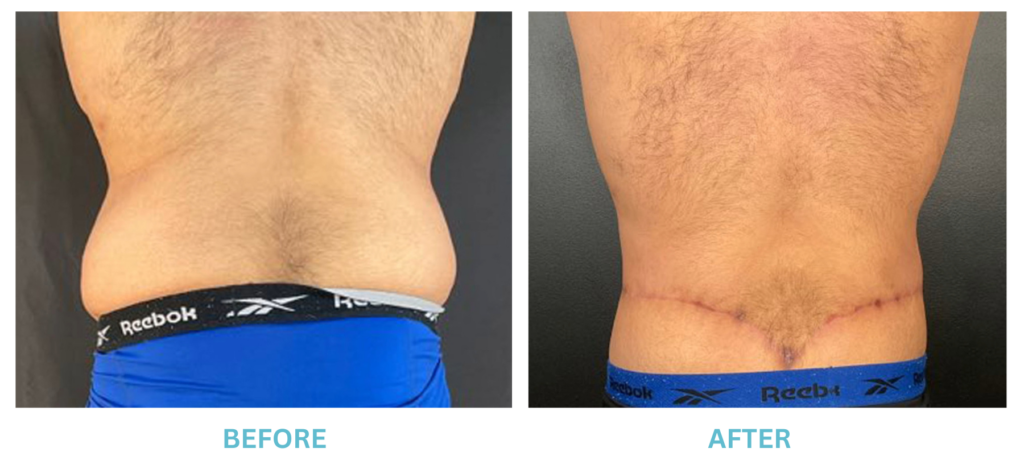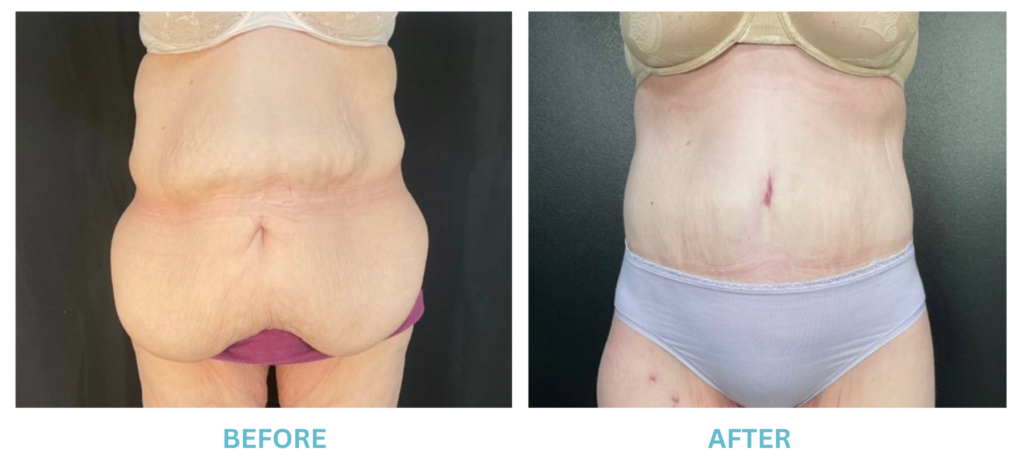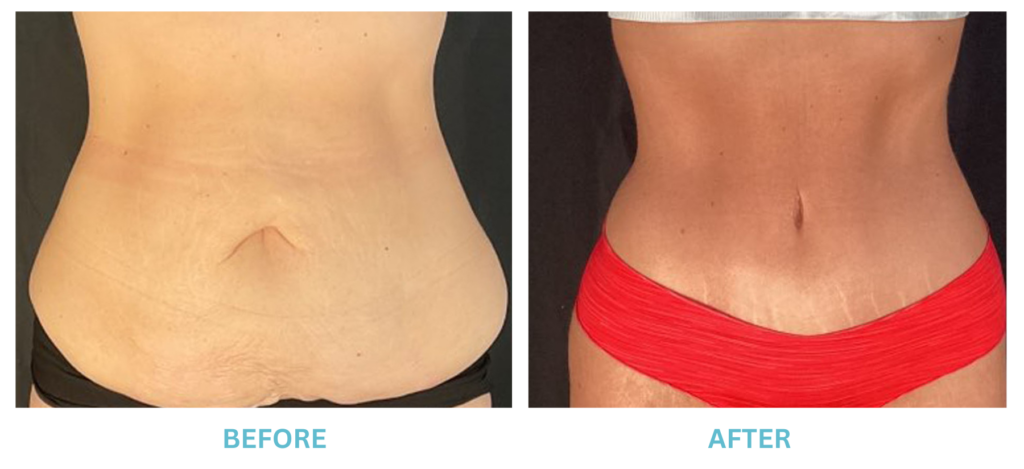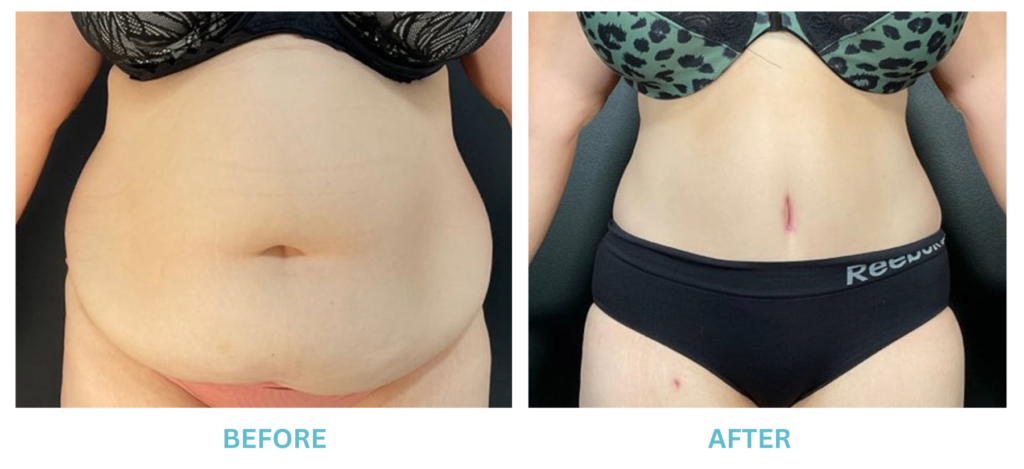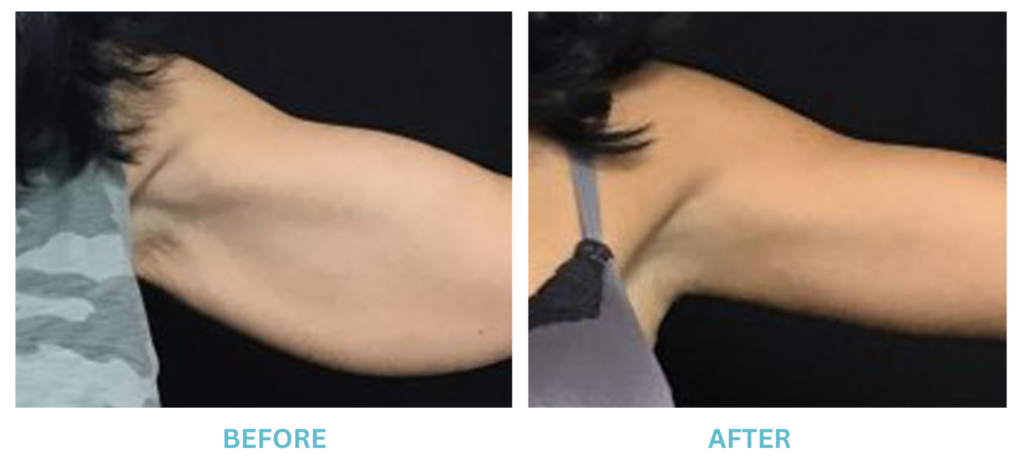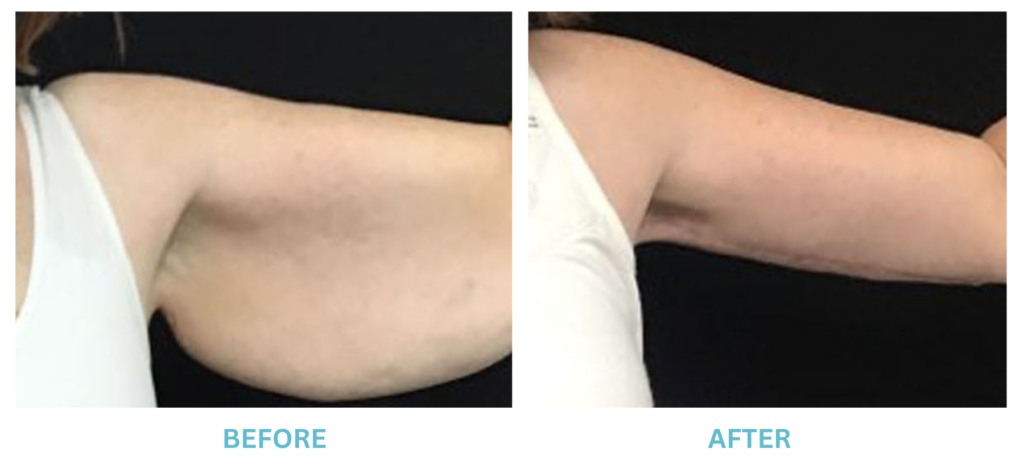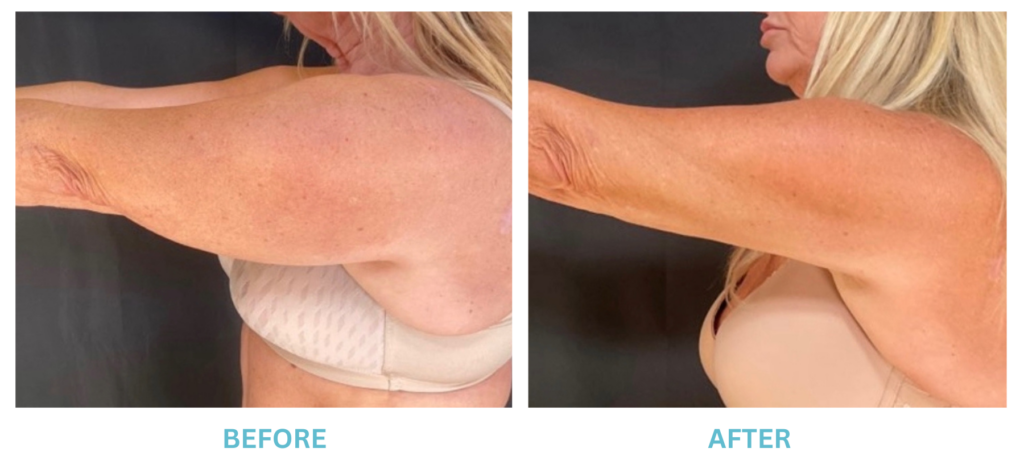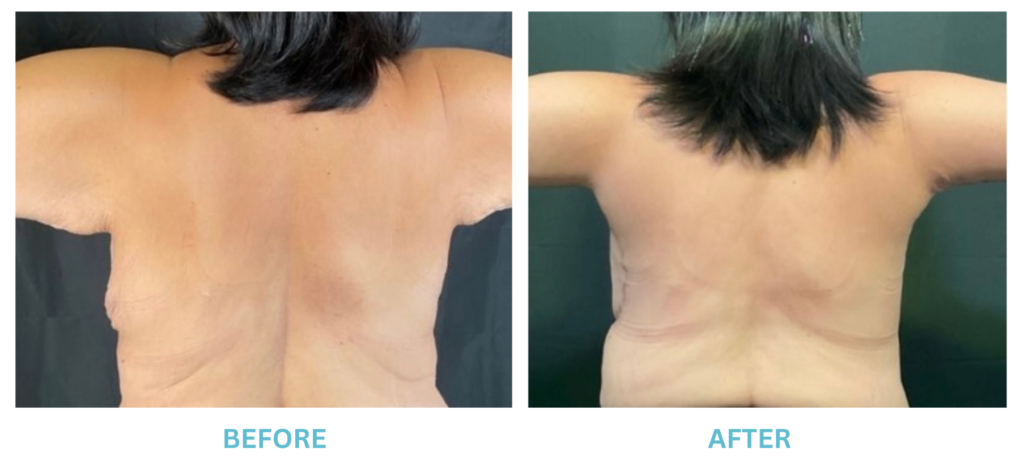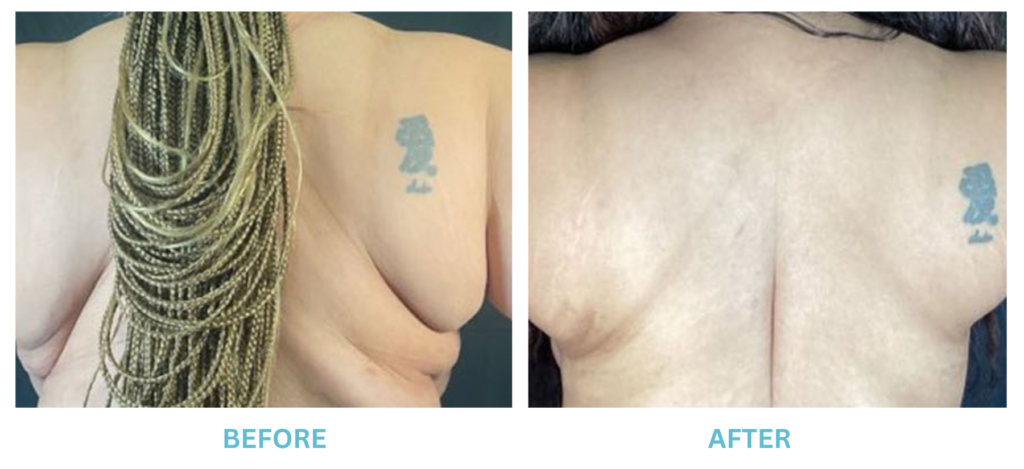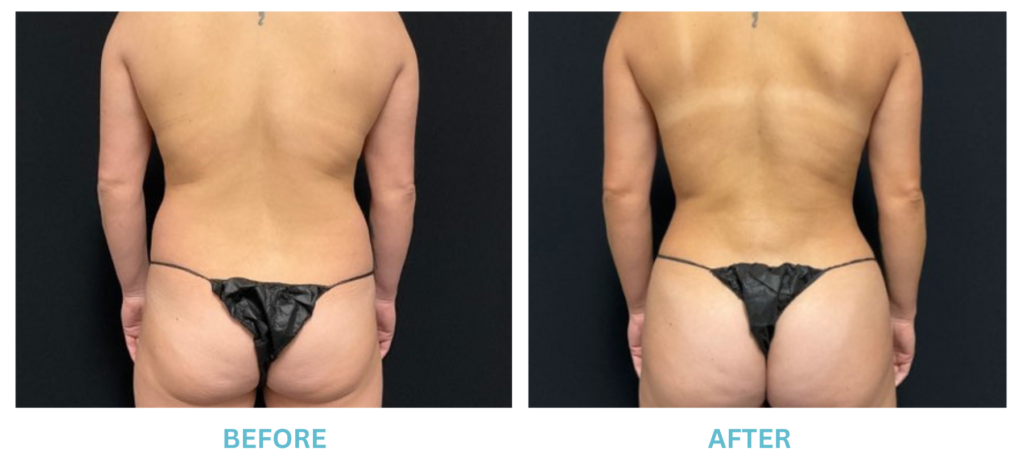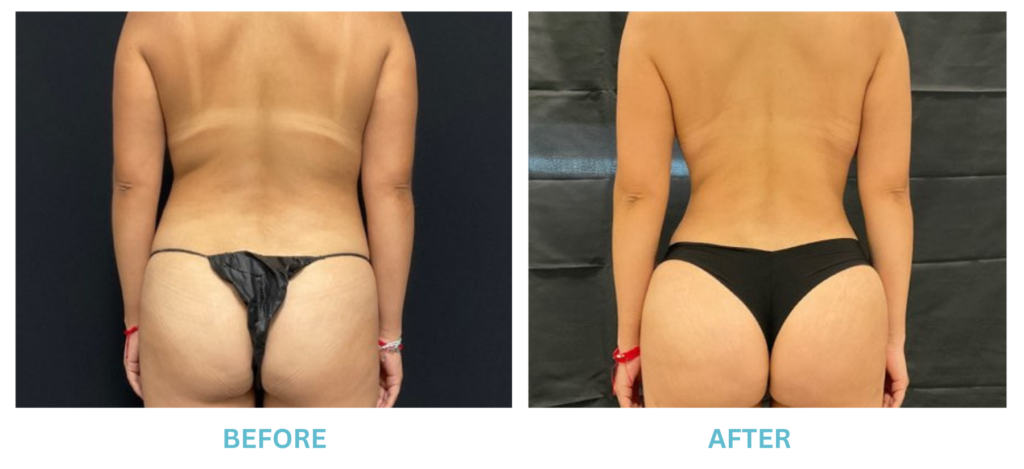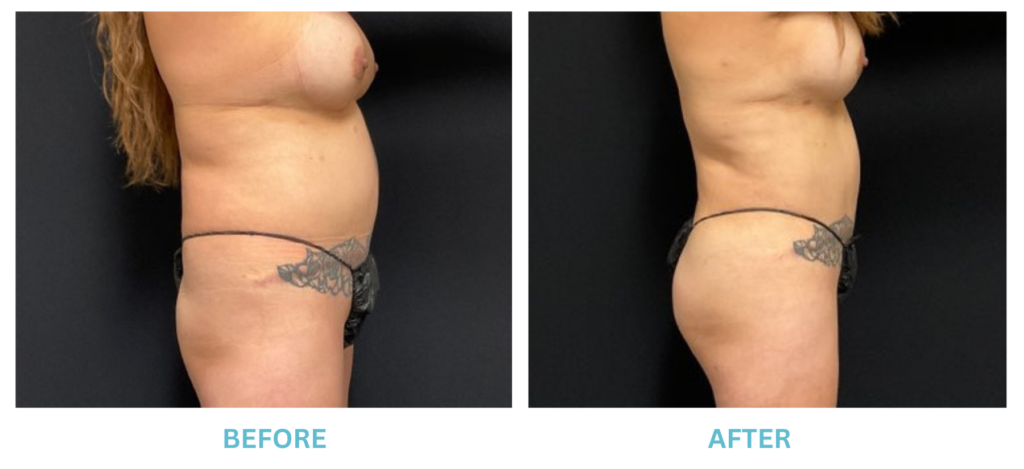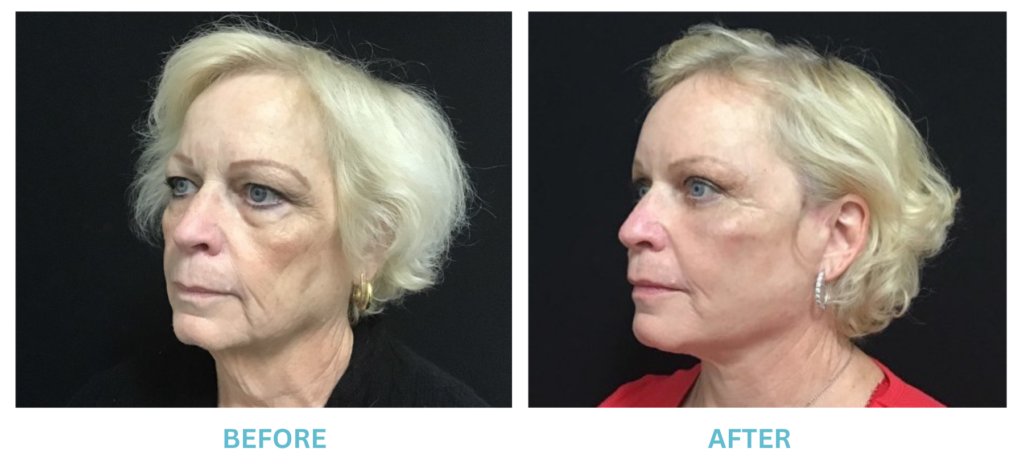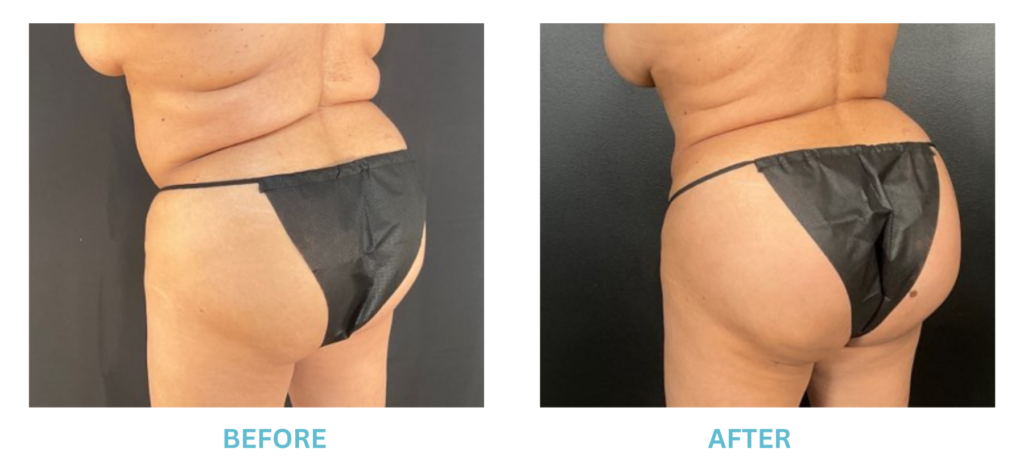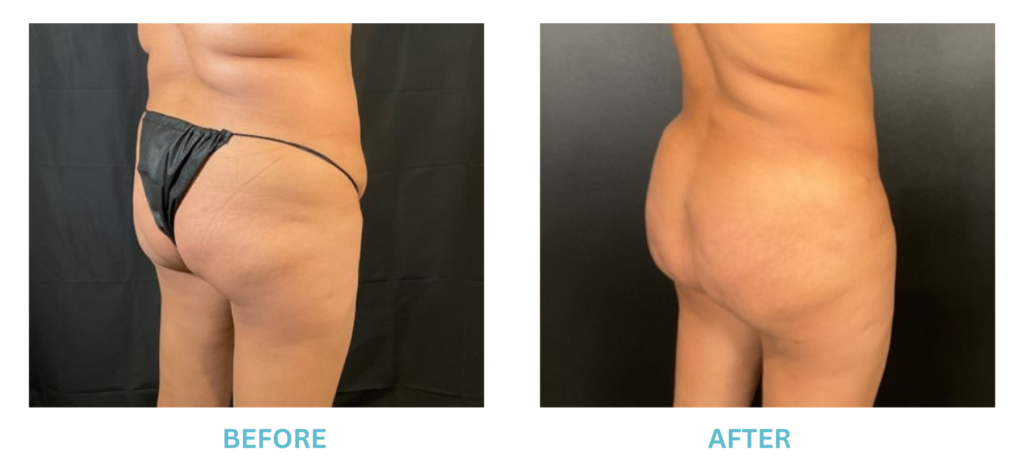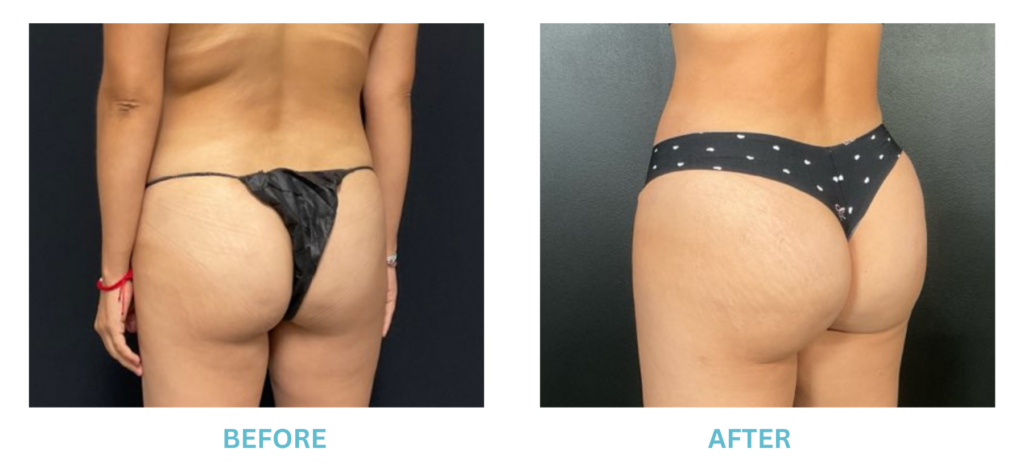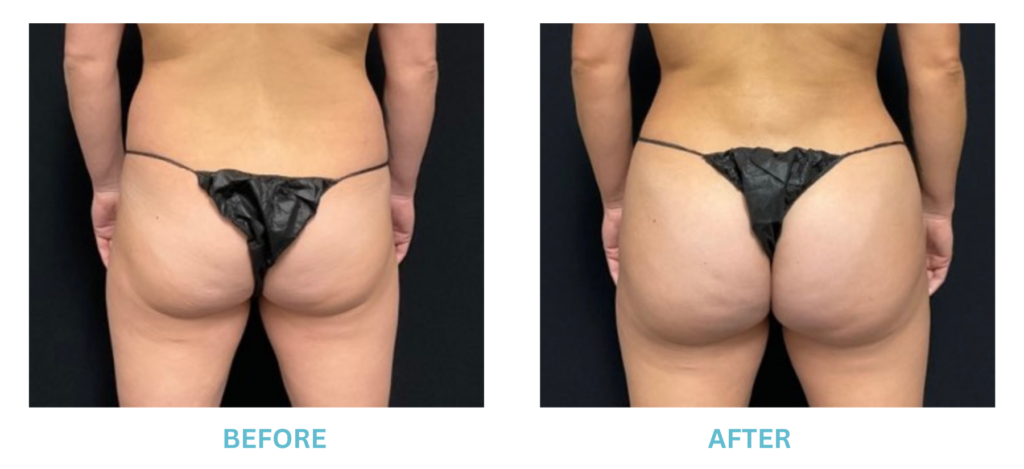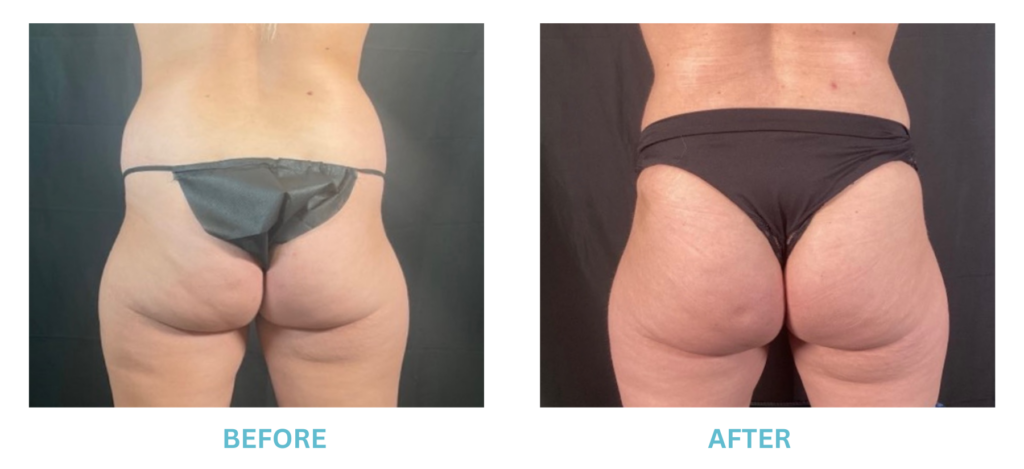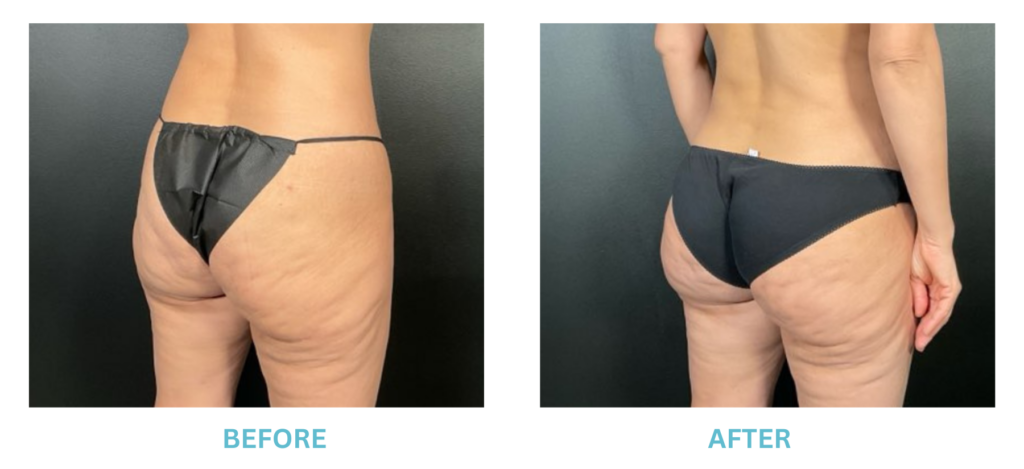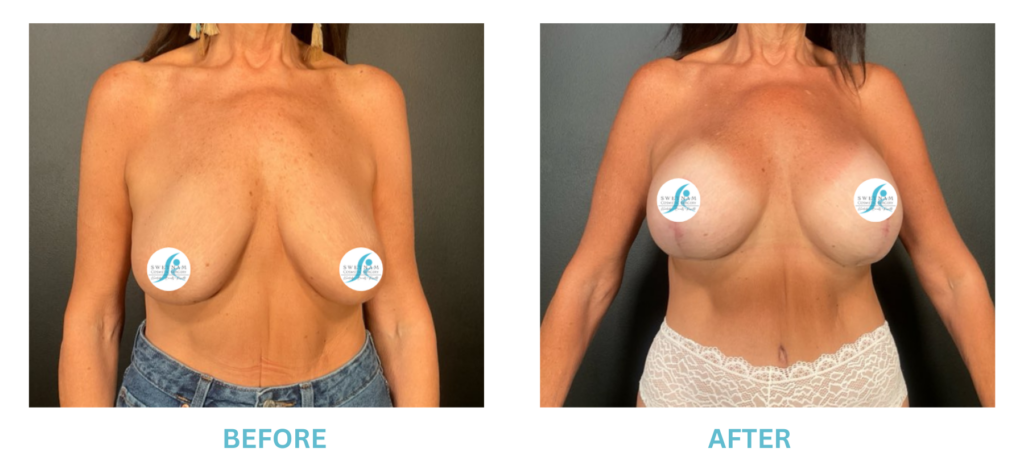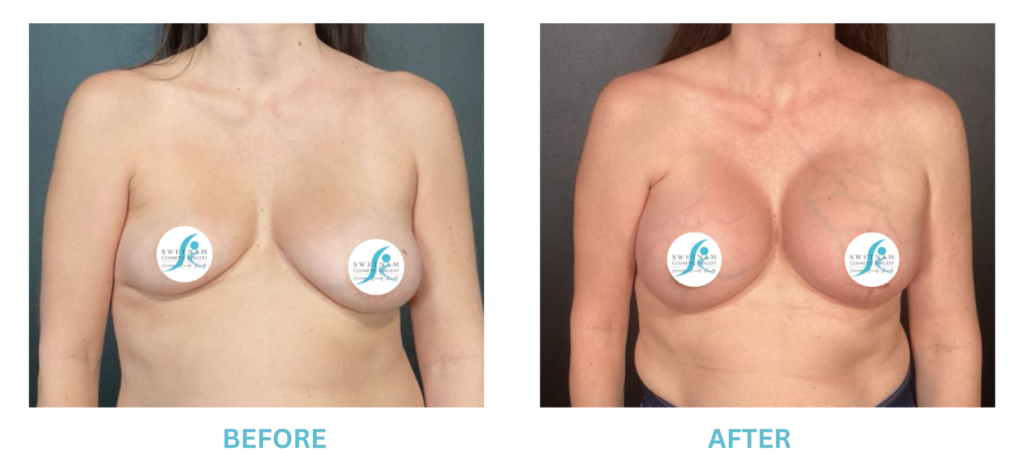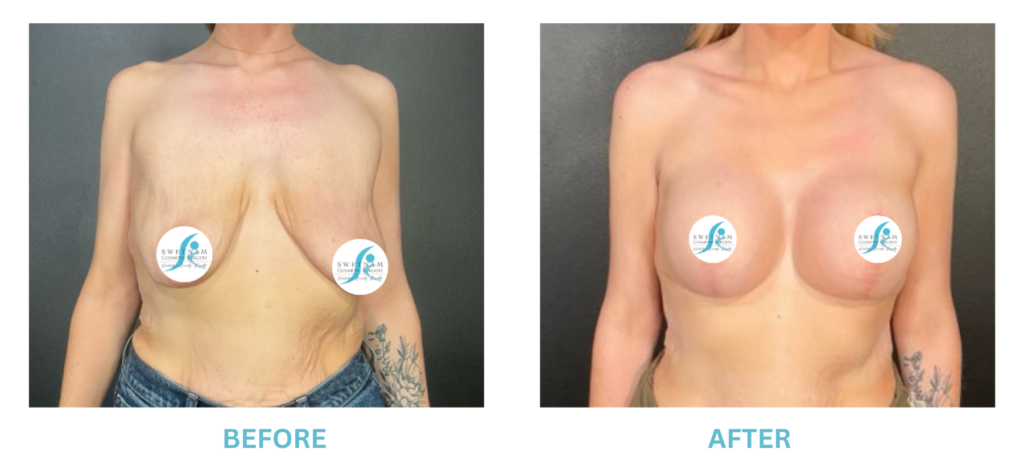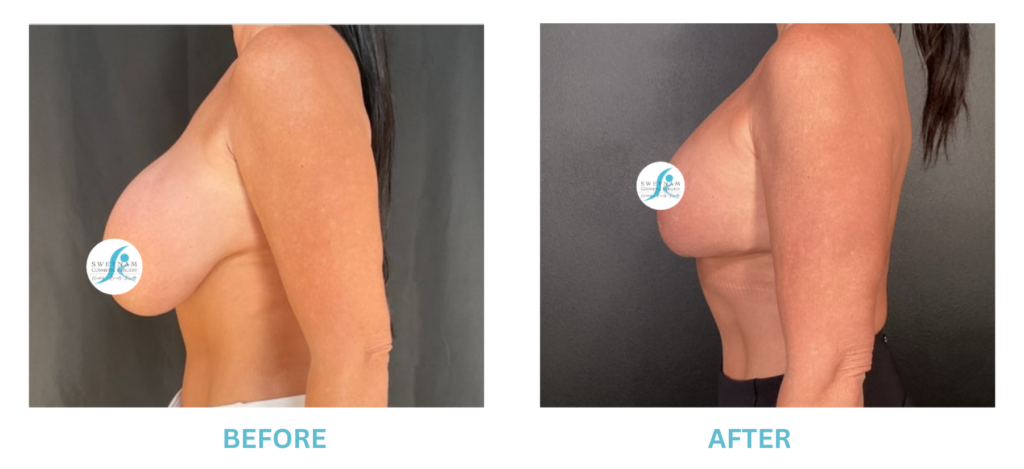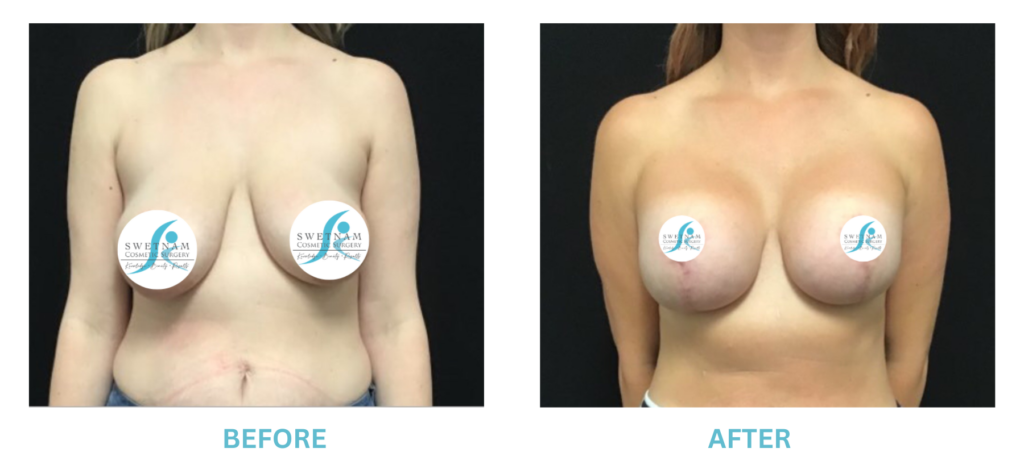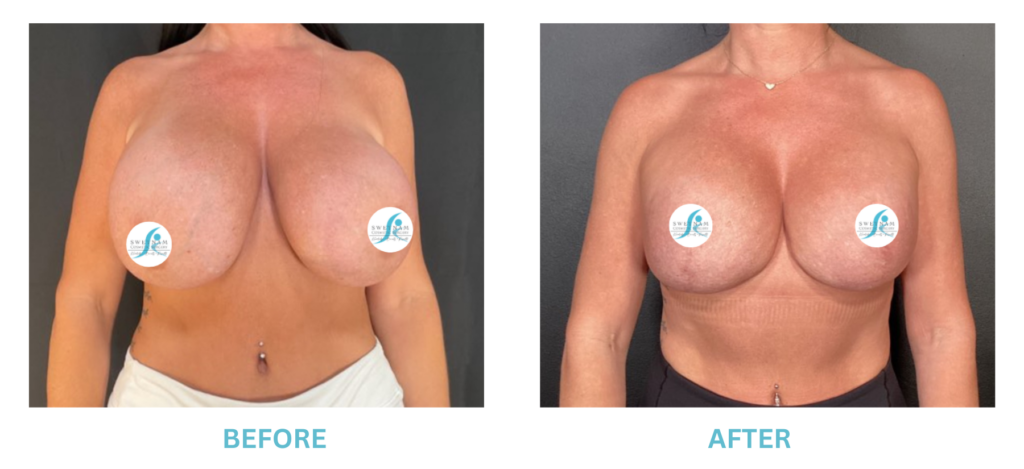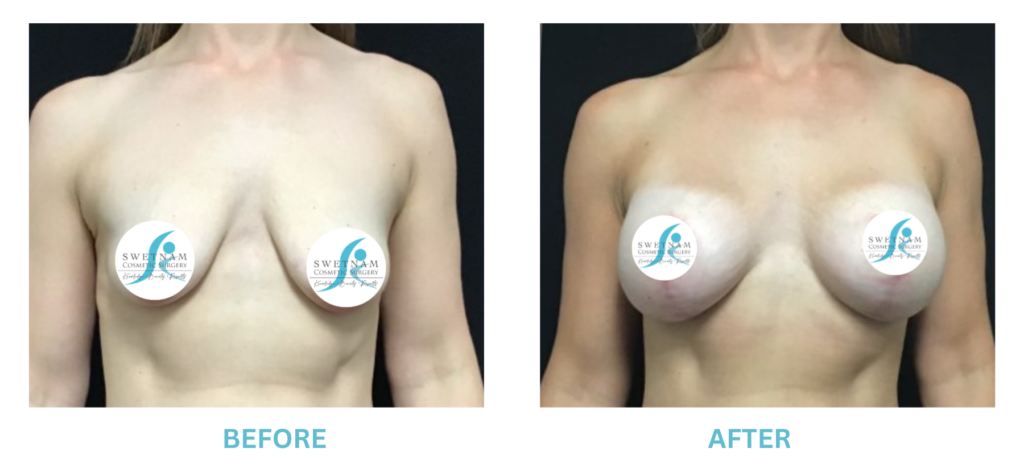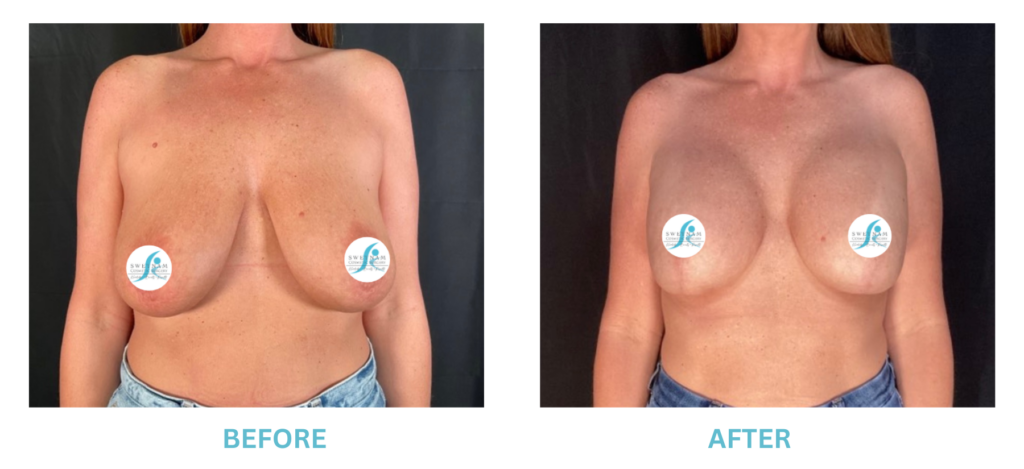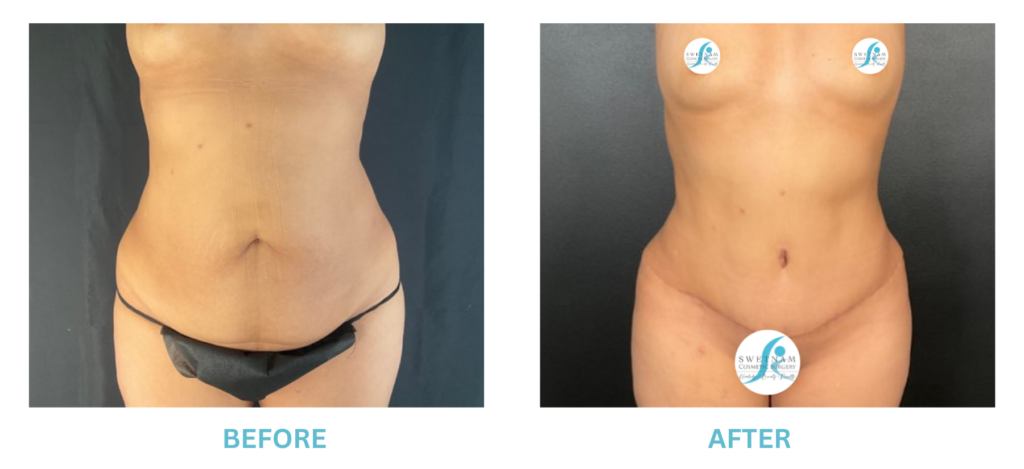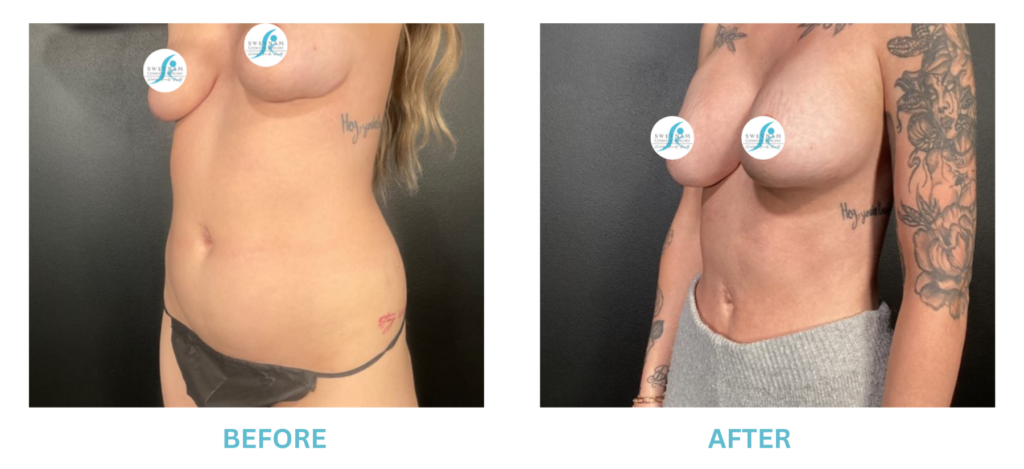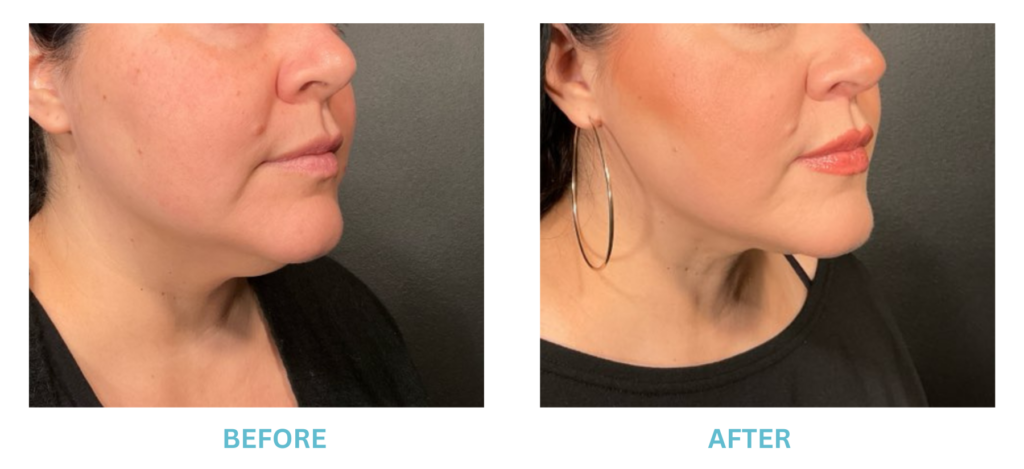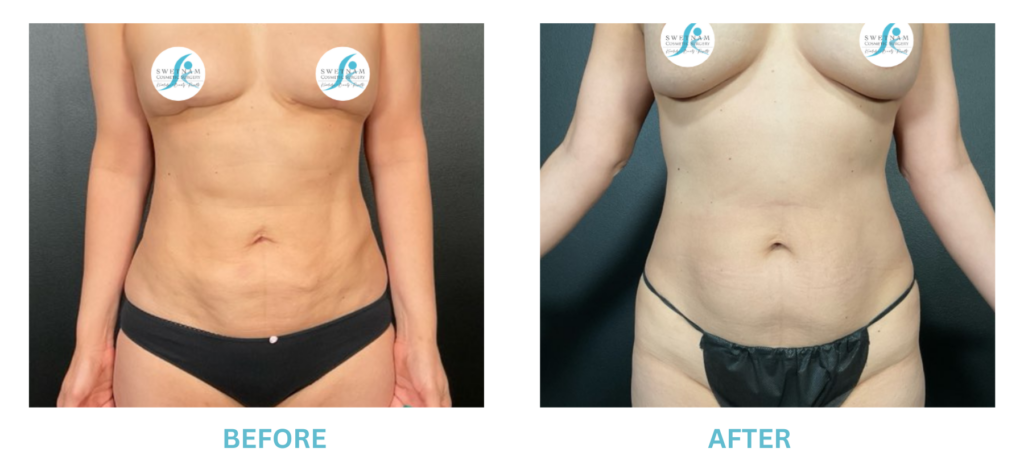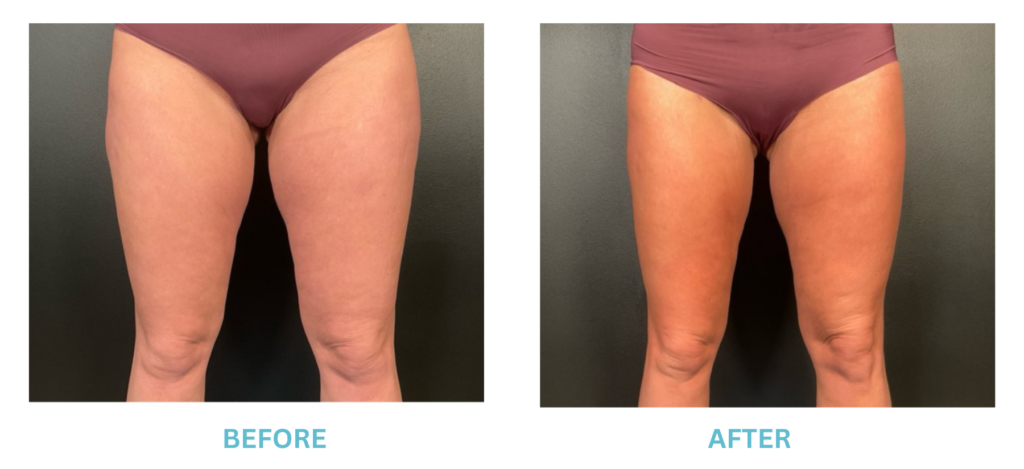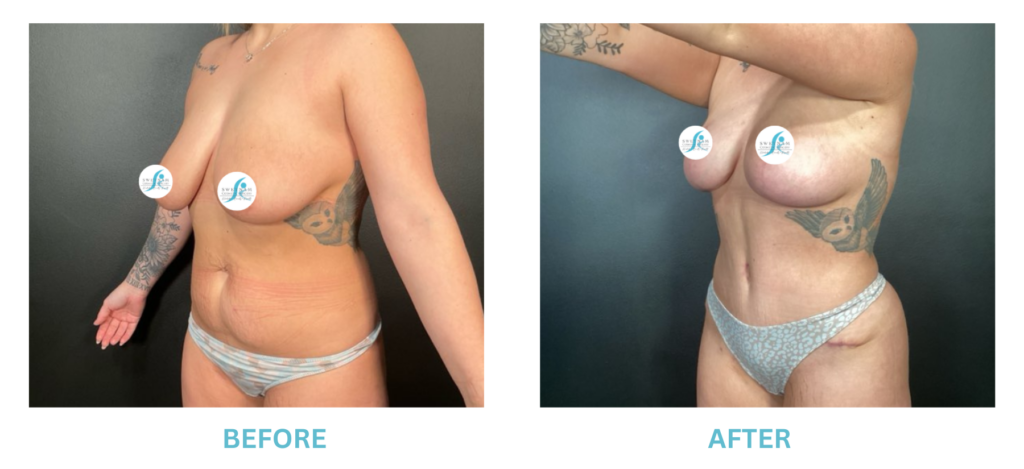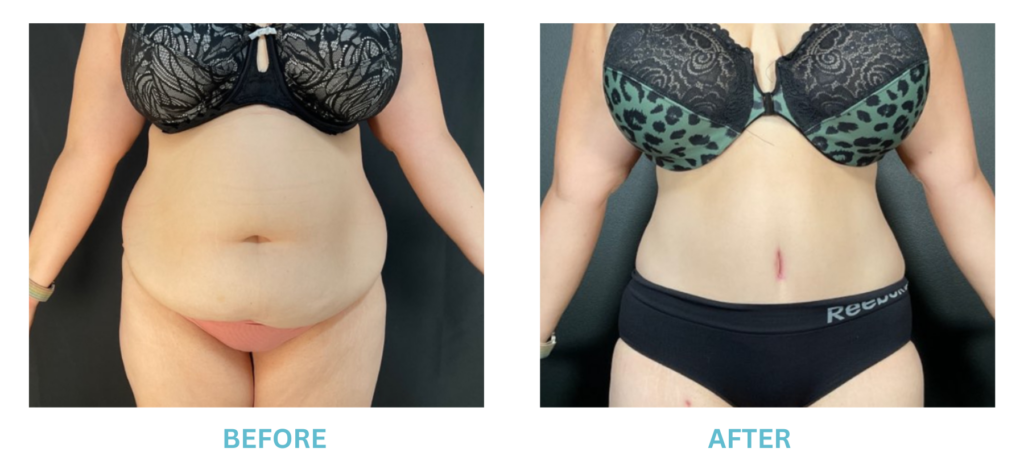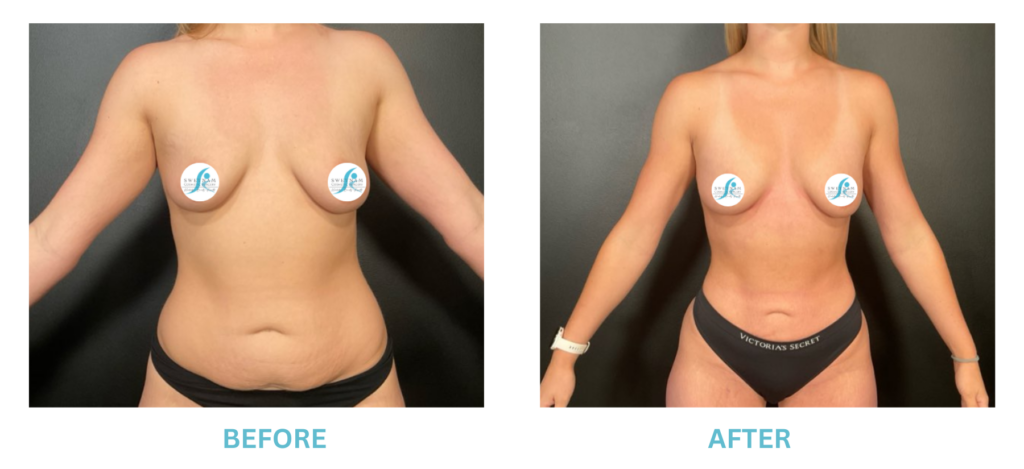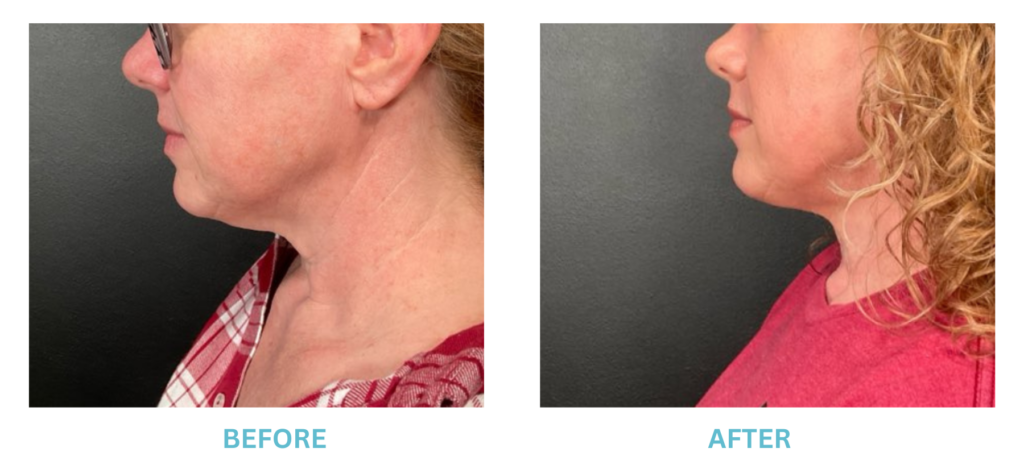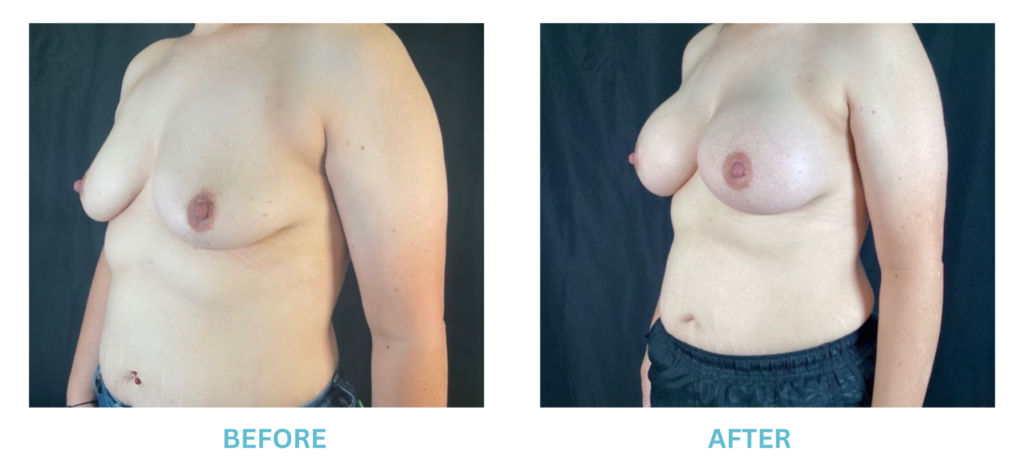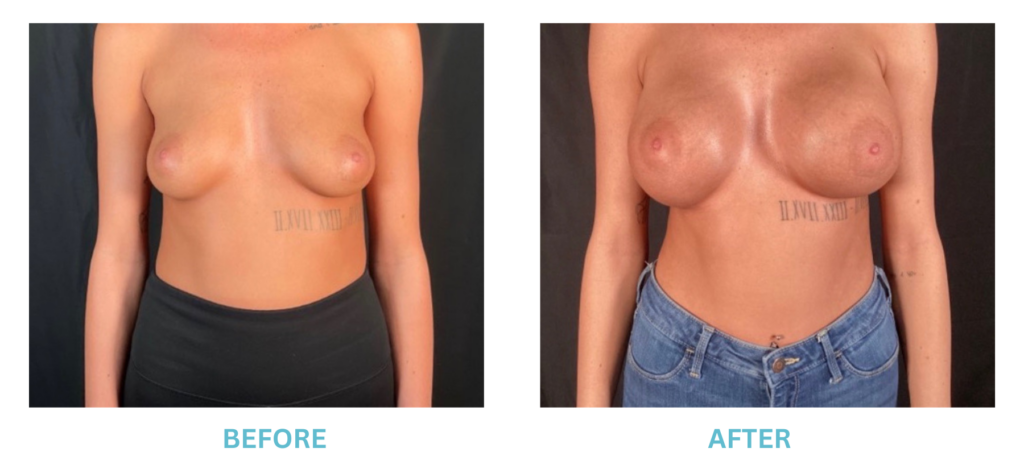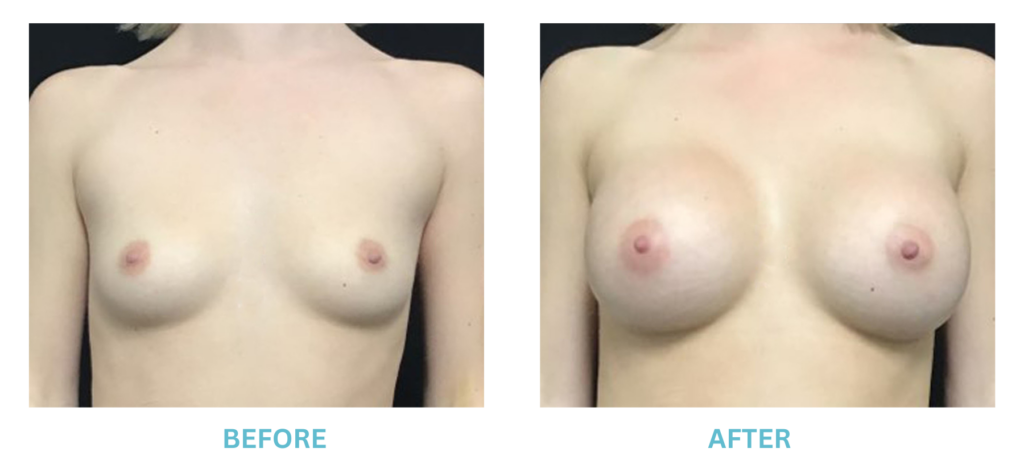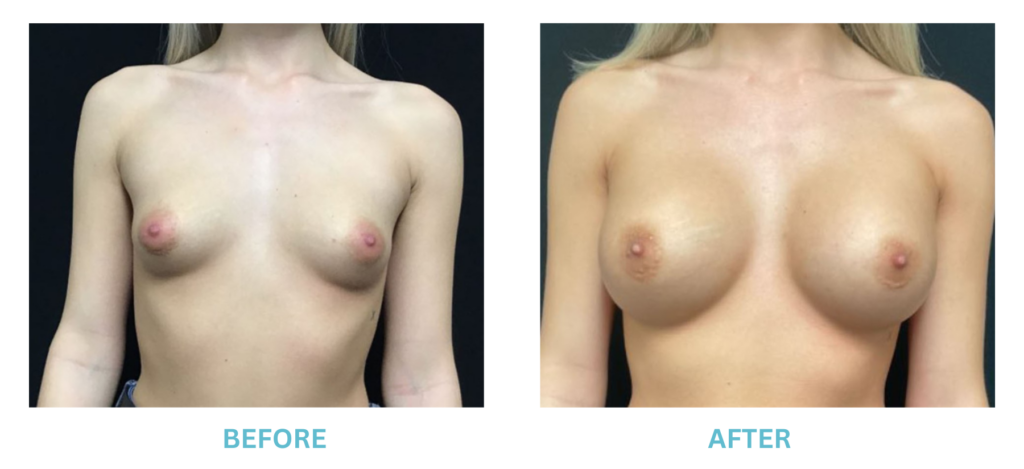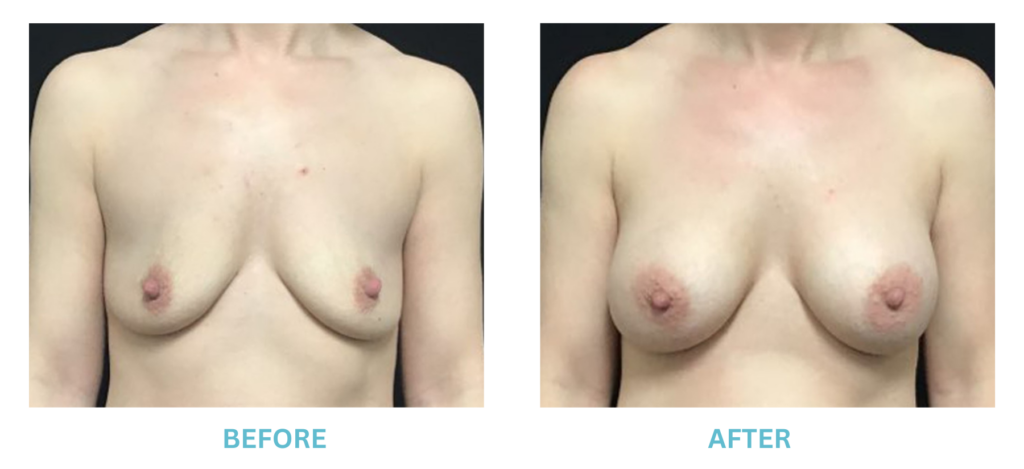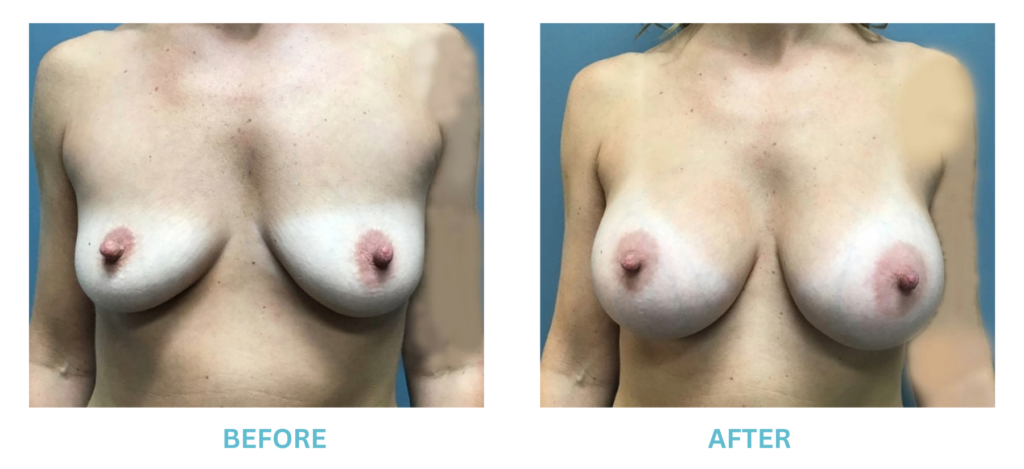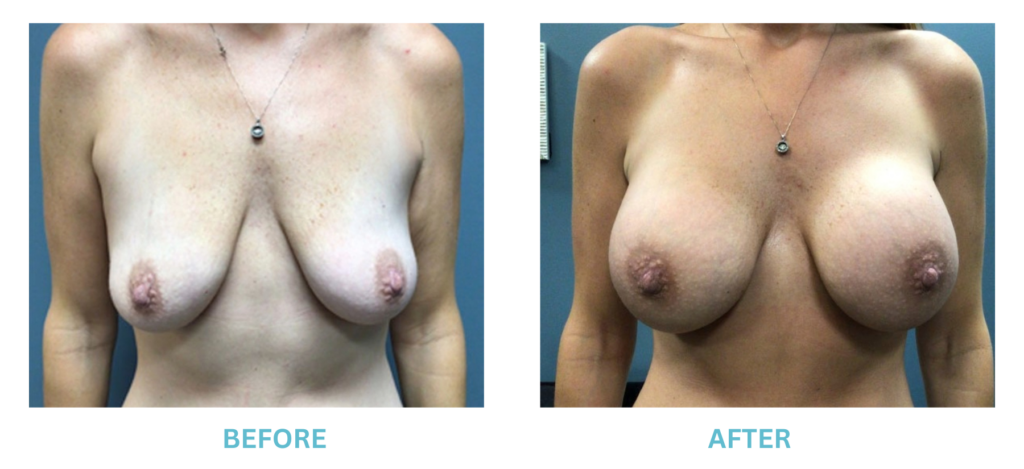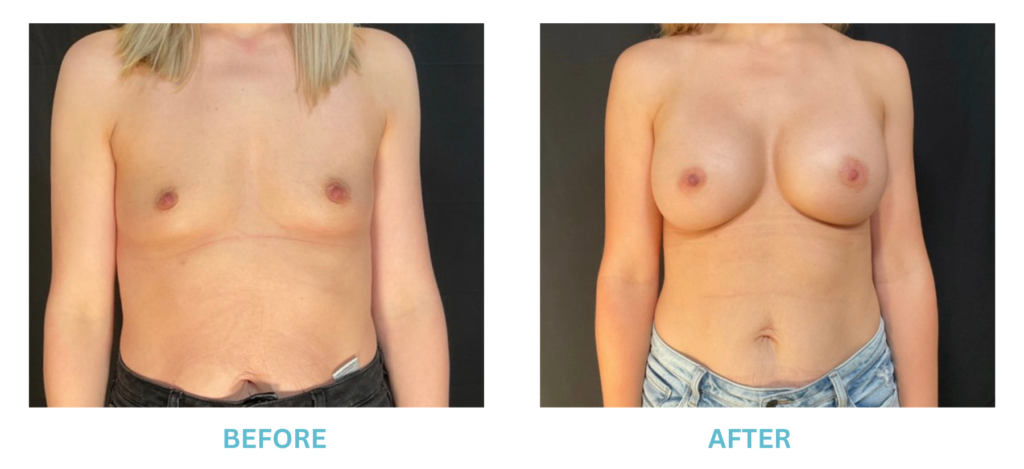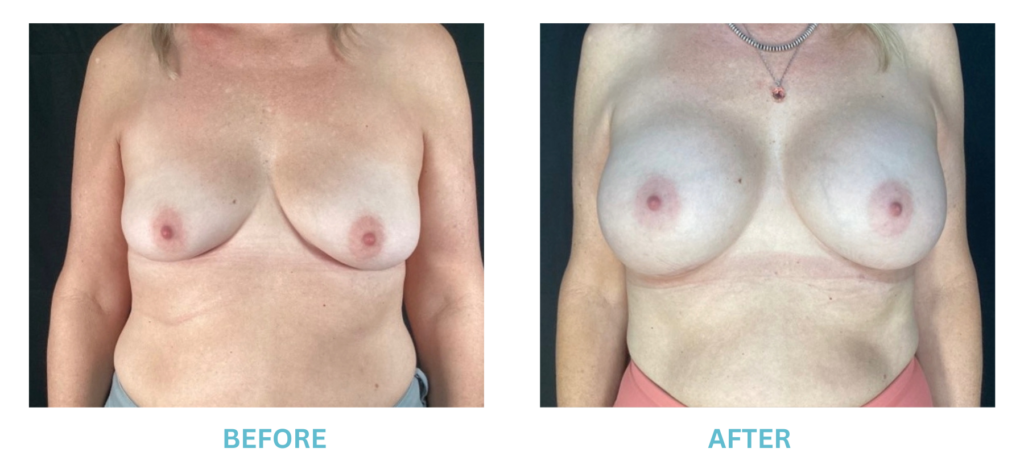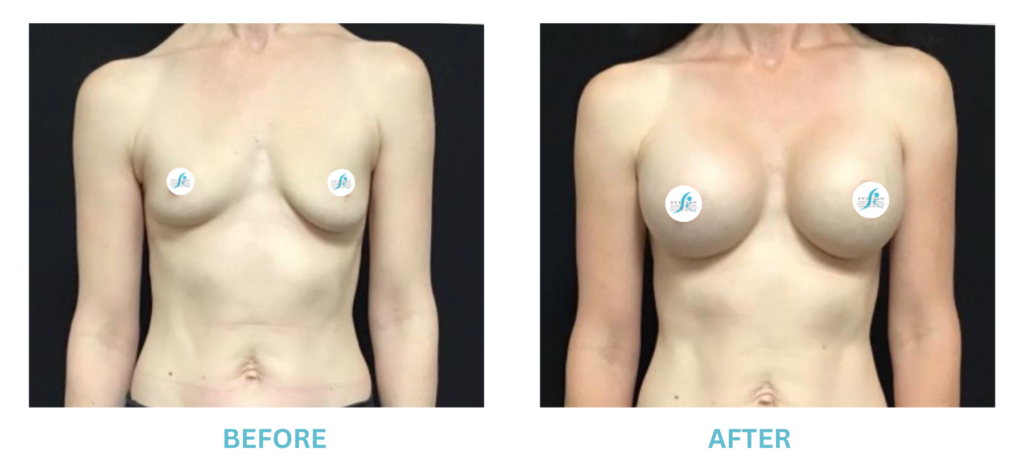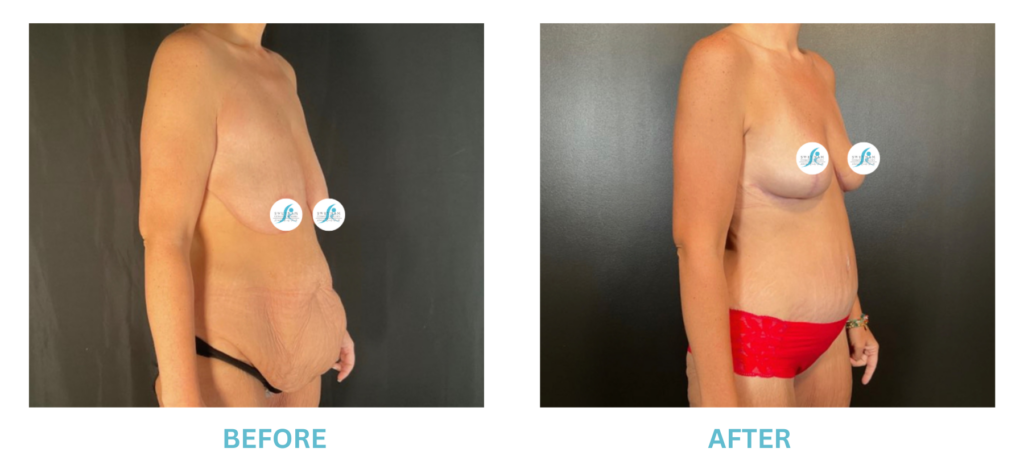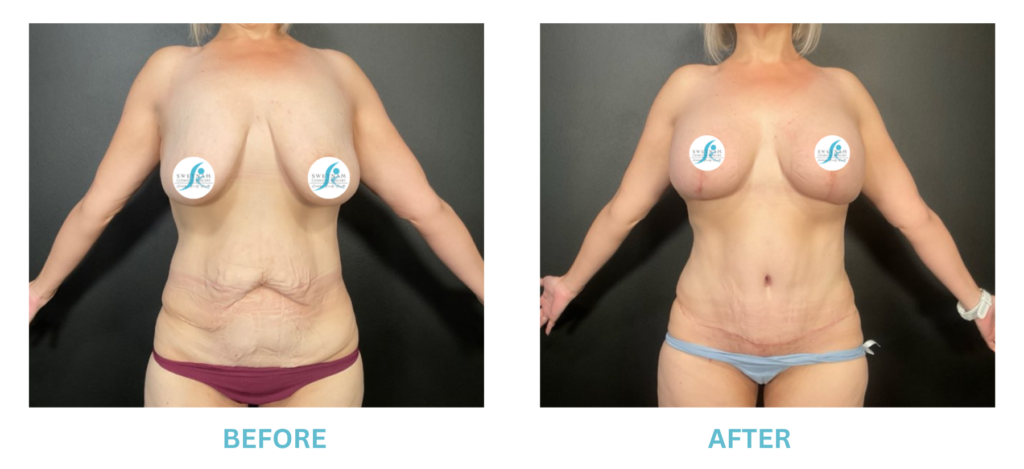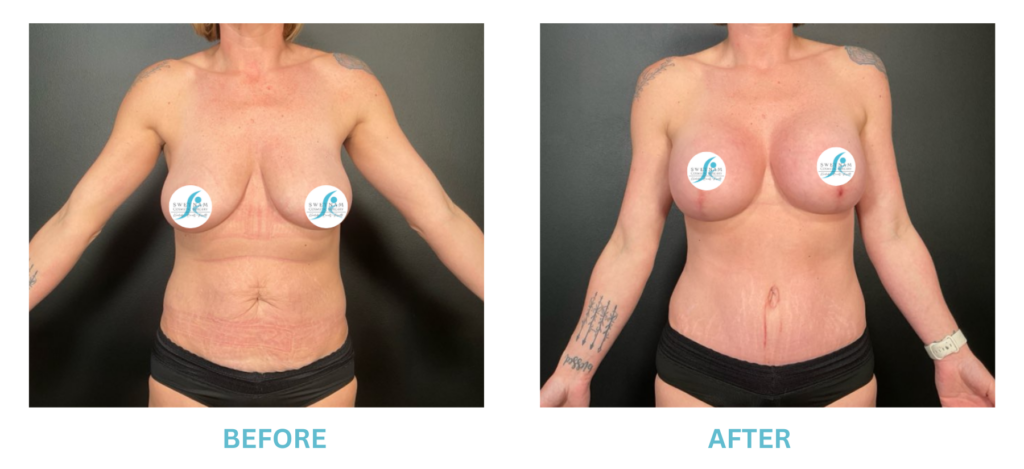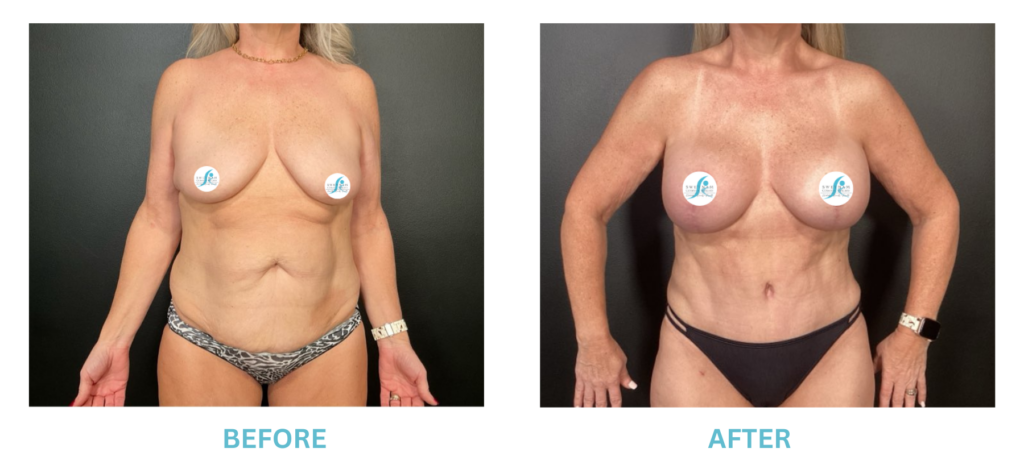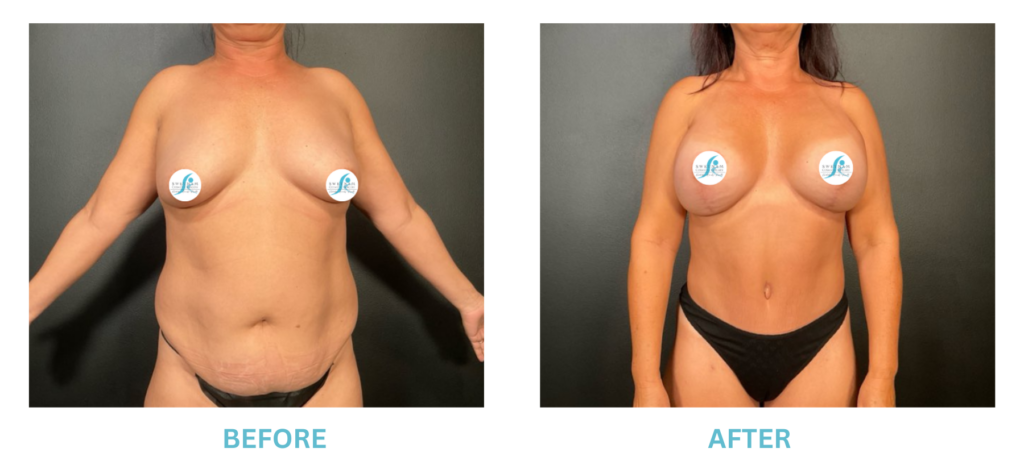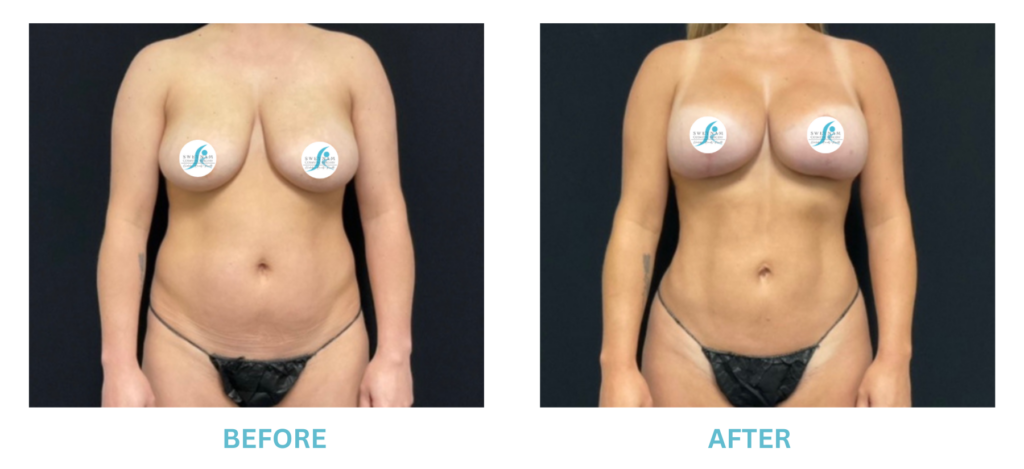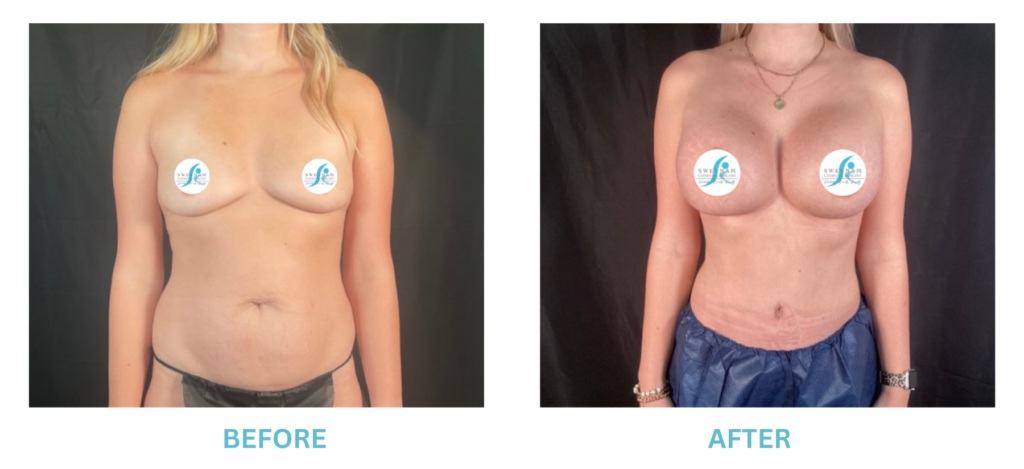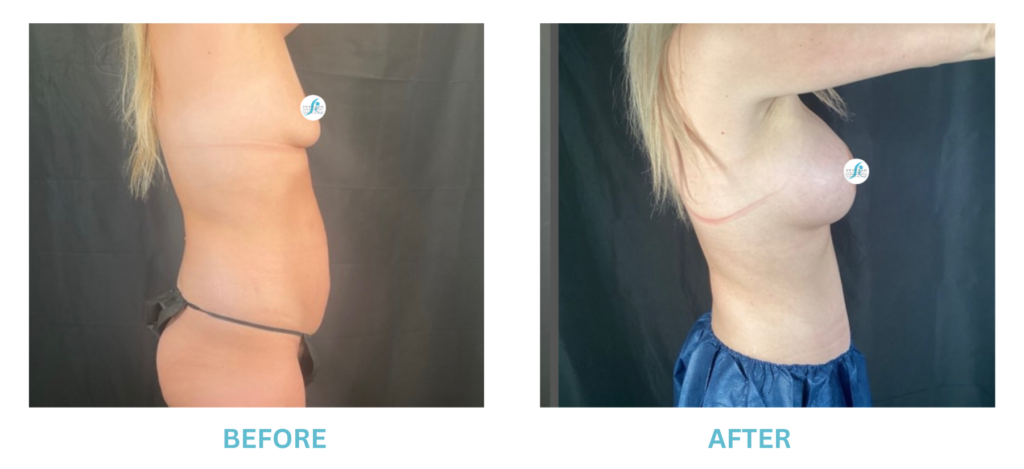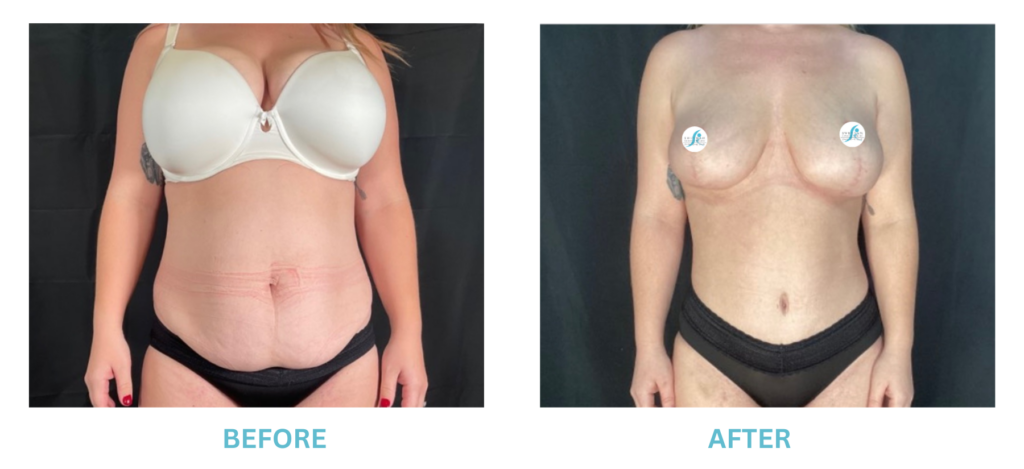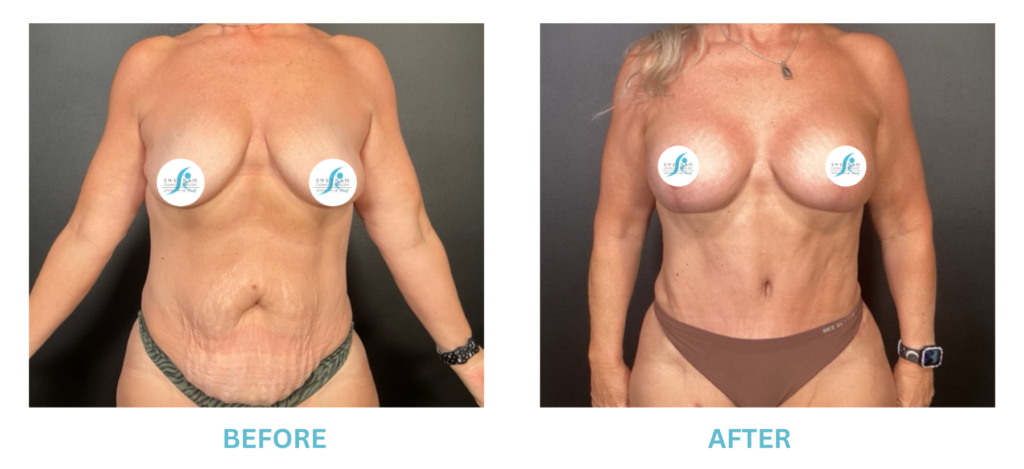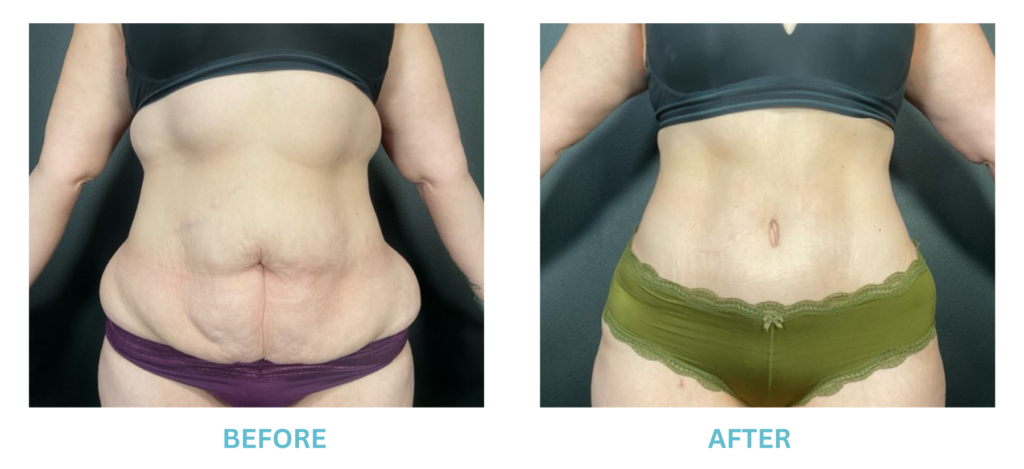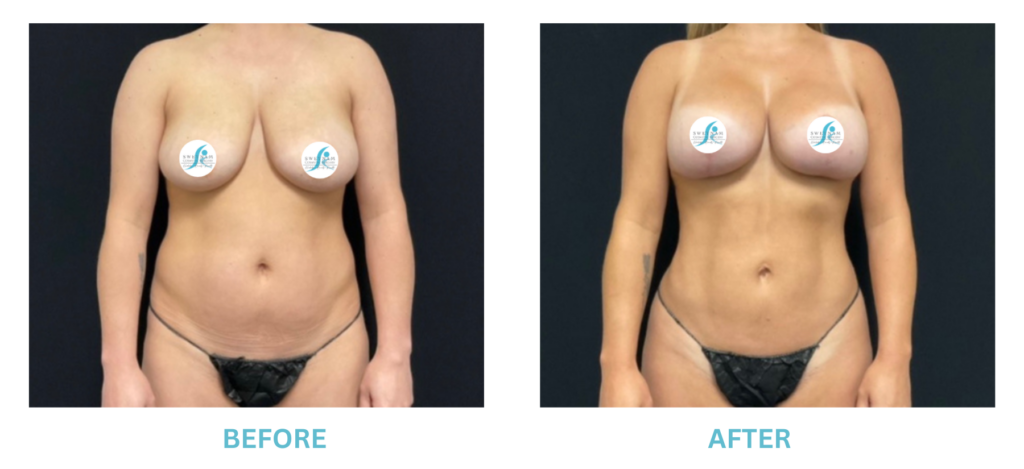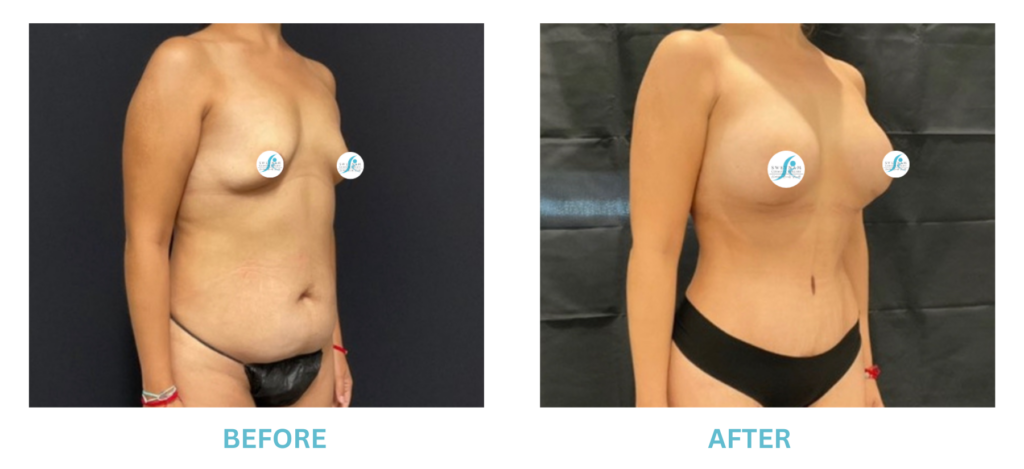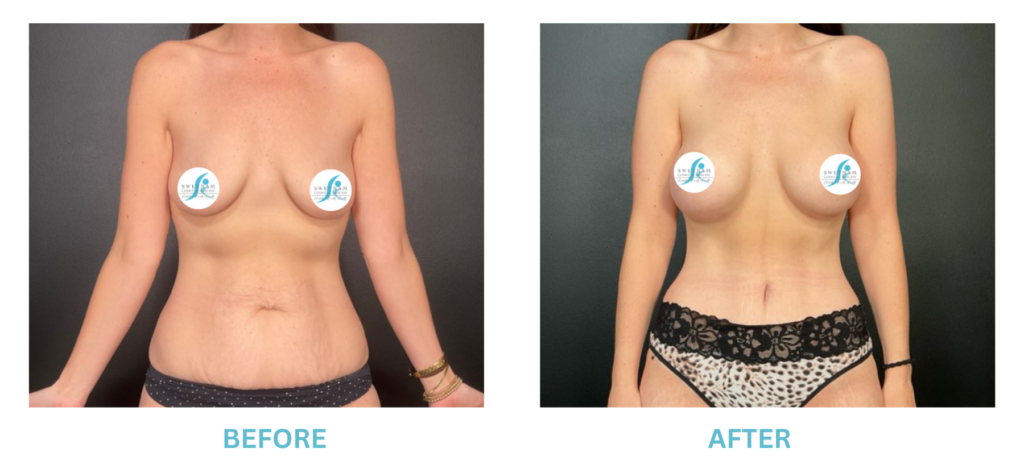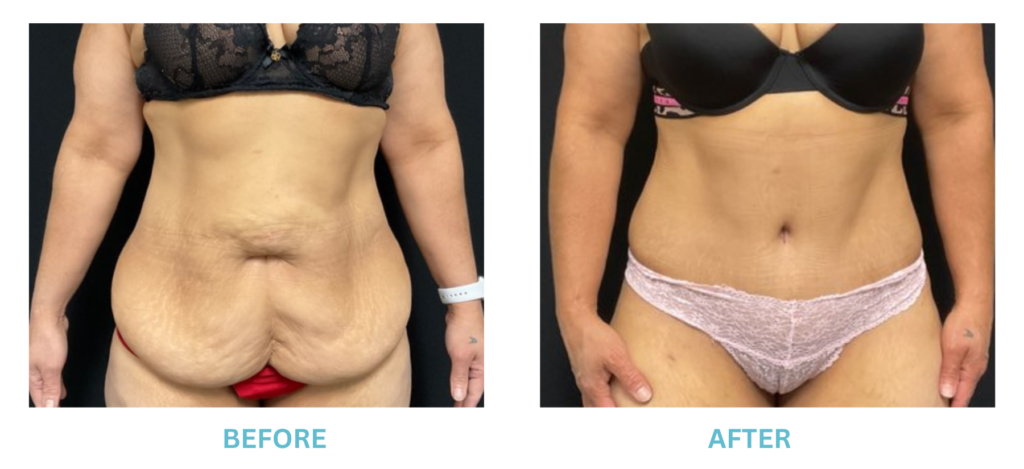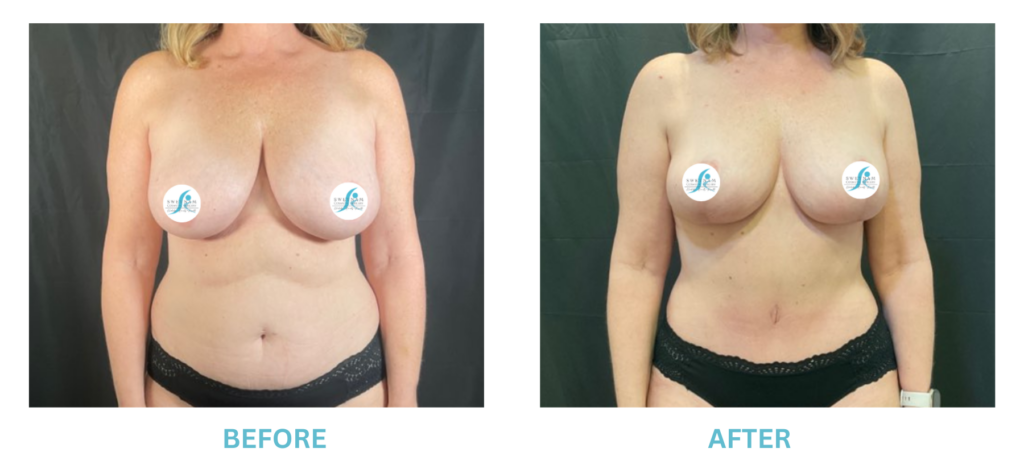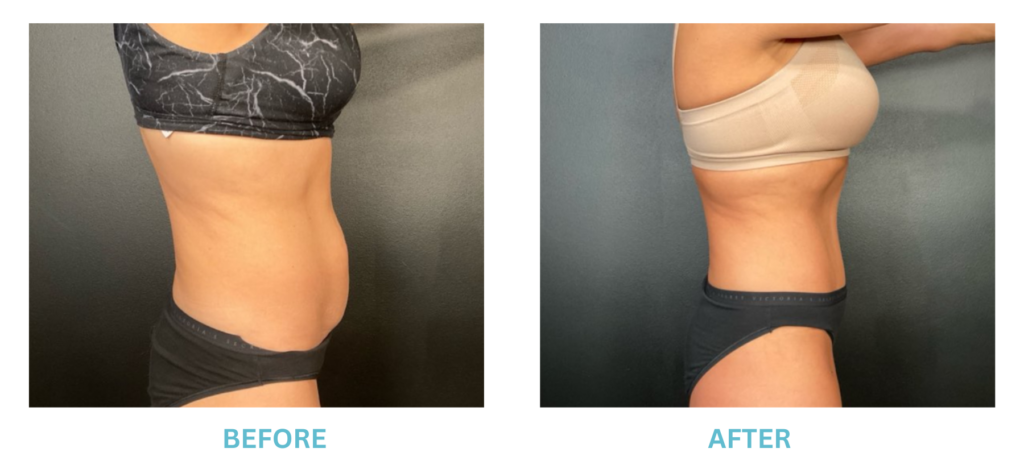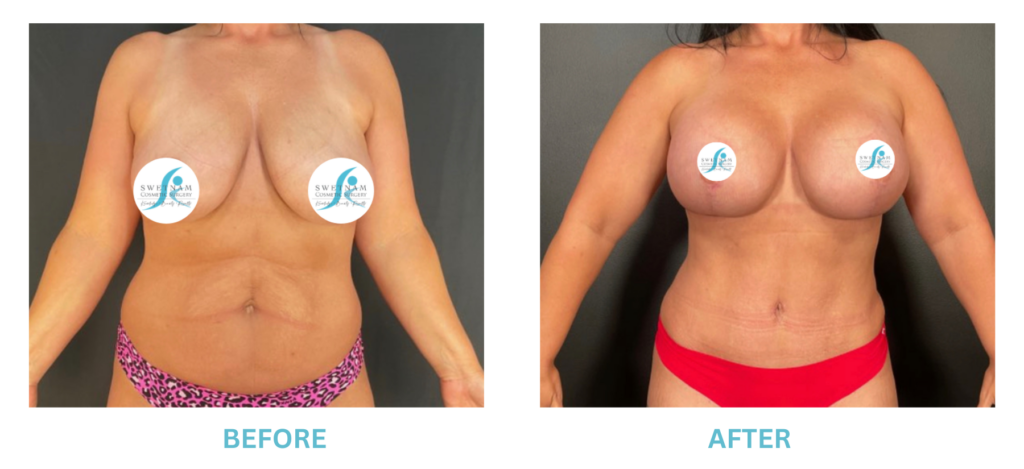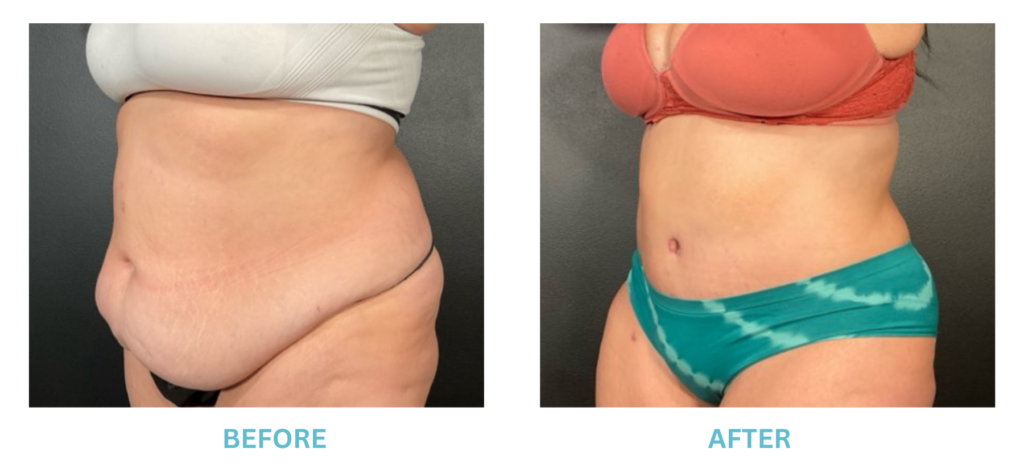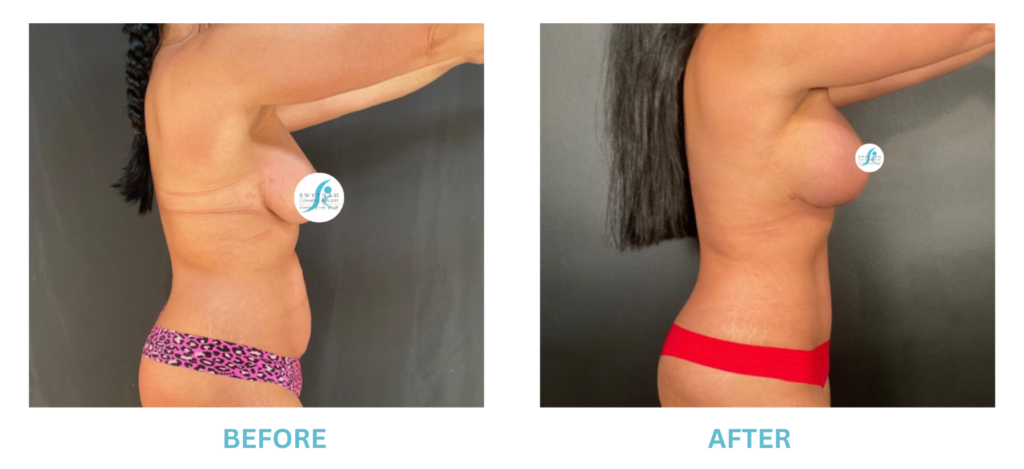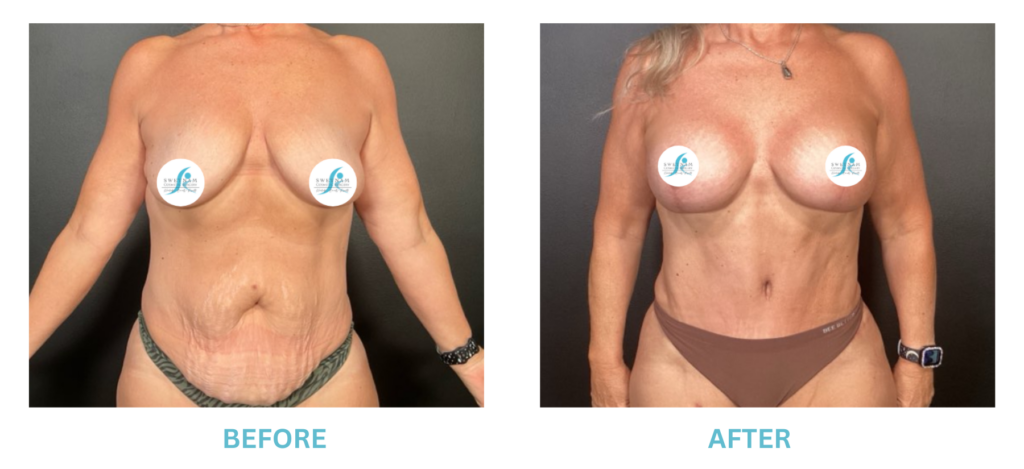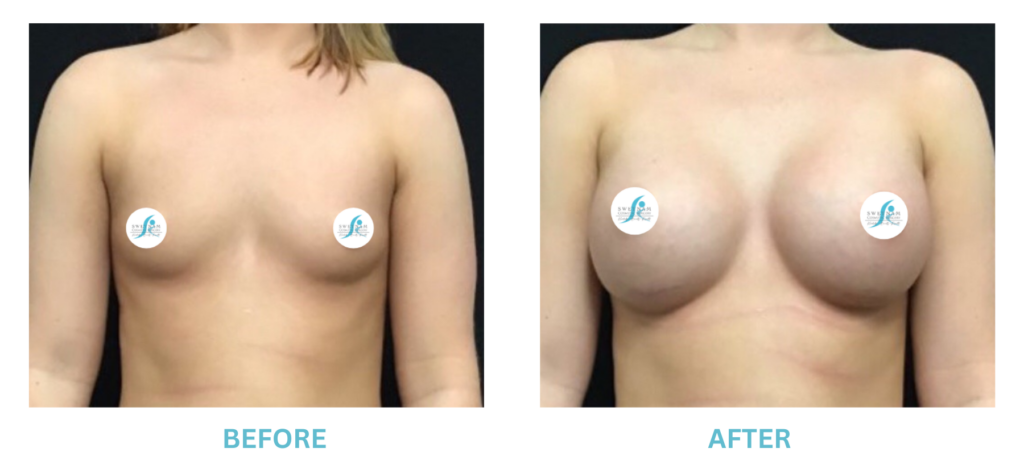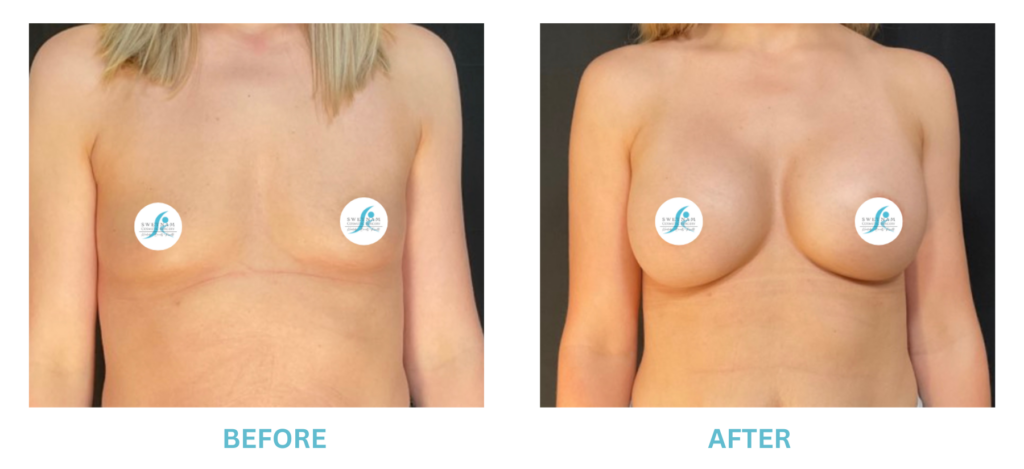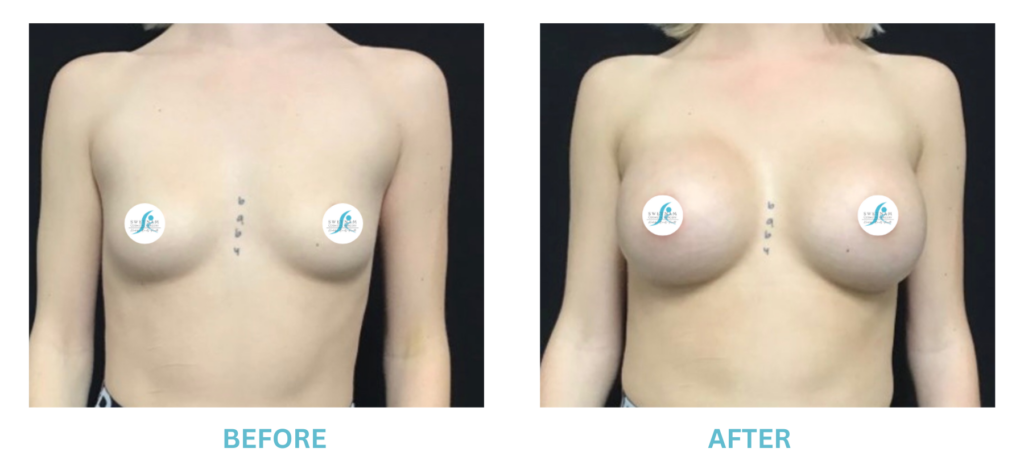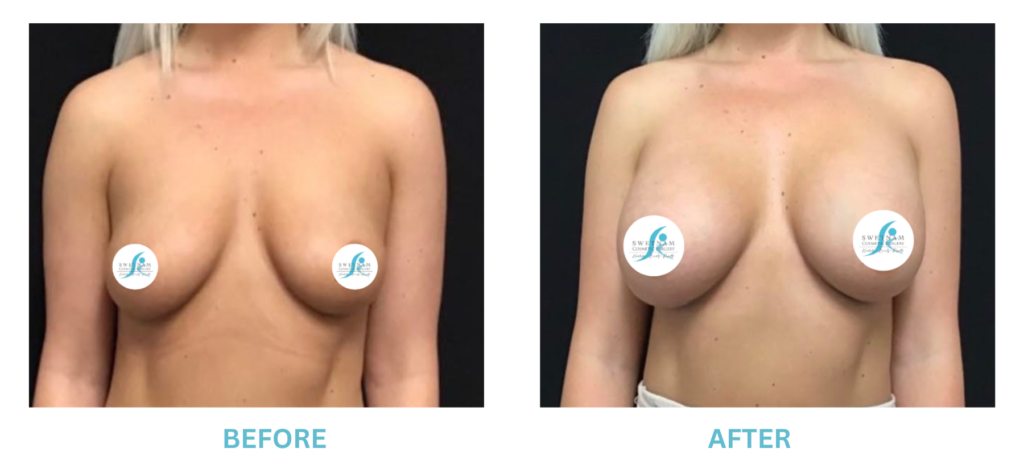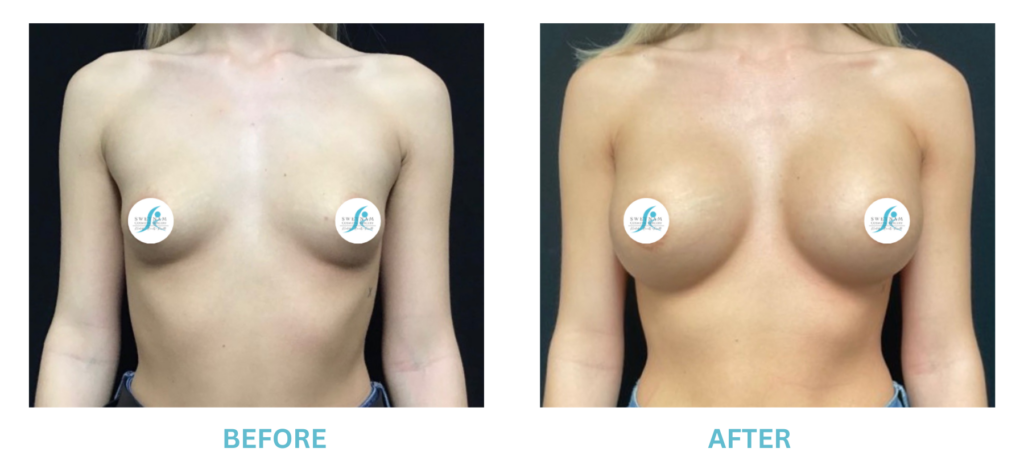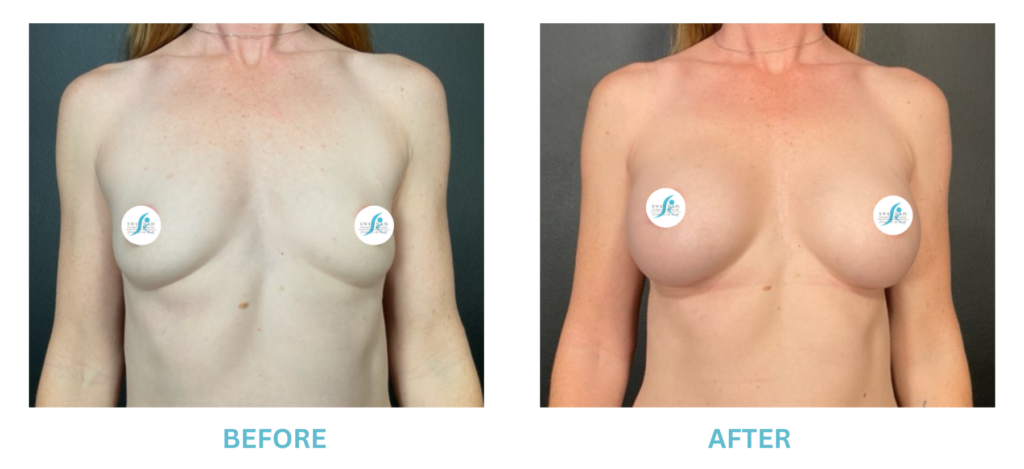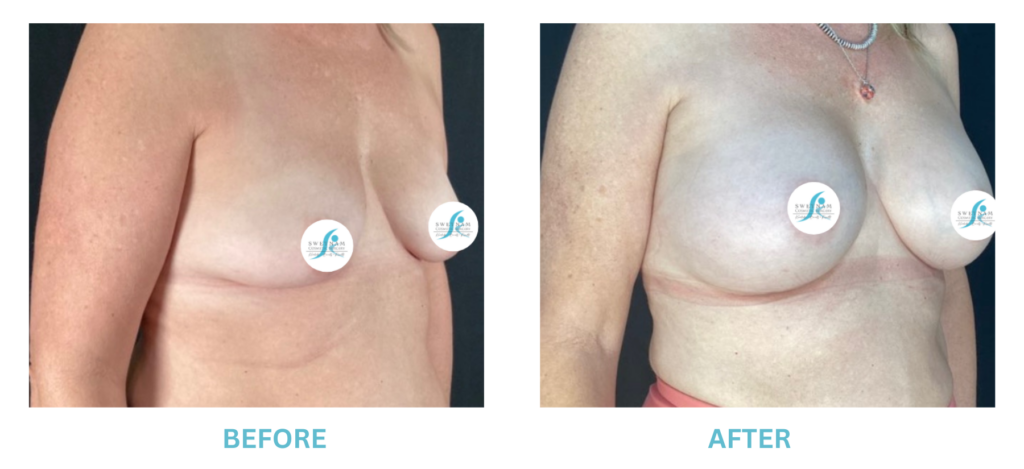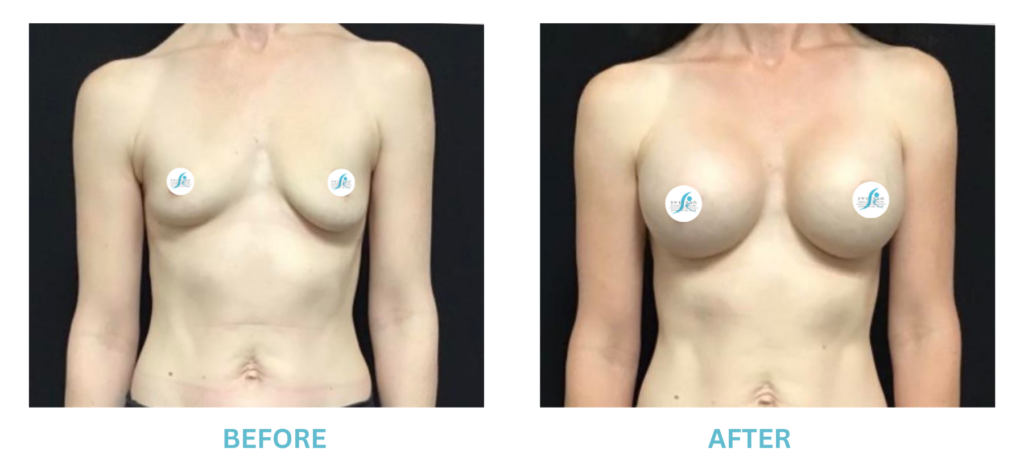Update on Breast Implant associated Lymphoma

If you are a bottom-line kind of person, skip to the end. If you like details, start here.
A few months ago, I wrote a blog about a malignancy associated with breast implants. Over the past several months, there has been more in the press about this problem and the FDA has come out with updated recommendations and guidance. I have received many calls from patients that are, rightfully, a little freaked out. The incidence and facts surrounding this problem are changing, and will continue to change as awareness and reporting of the condition increases worldwide. So, stay tuned for more updates, but this is what is currently known.
Anaplastic Large Cell Lymphoma (ALCL) is a lymphoma that occurs even without implants. This is NOT a breast cancer but a lymphoma (a malignancy involving the immune system). It is thought to be associated with chronic inflammation that causes a malignant change in the T cell, a cell associated with our immune systems. Breast Implant Associated ALCL (BIA-ALCL), at this point is rare, though it is probably under-reported and these numbers may change. Out of approximately 10 million women with breast implants, there have been over 200 documented cases since 1996, and 100 of those cases were in the US as of 2015. To date, ALL reported cases of BIA-ALCL have been in women that have or had textured implants at some point, either saline or silicone. That is to say, if you have EVER HAD textured implants, whether you currently have them or not, you are at risk. If you had them, then had them replaced with smooth implants, you are at risk. The few cases, two, that were found to have smooth implants had a very unclear history and it would seem, probably had textured implants at one time, though it could not be proven. Thus, the warning from the FDA for all implants.
If you have textured implants, current thinking is, your risk of developing BIA-ALCL is about 1 in 30,000 (there is an incidence of 38 deaths per 100,000 driving a car). You can develop ALCL in the breast if you have never had an implant but the chance of that happening is 67.7 times less than with a textured implant.
The onset of BA-ALCL is, on average, nine years. It is slow to develop and is indolent. It is treated surgically by removing the implants and the capsules along with any other lymph nodes that are affected. Any spread outside the capsule of the breast is treated with chemotherapy.
Current recommendations: First of all, breast implants are very safe. There is reason to be aware, however.
- Though not an FDA recommendation, personally, I would not recommend textured implants of any kind. I believe it will be proven that smooth implants are safe and there is little, if any, evidence at this point of them being otherwise. Fortunately, I have never used textured implants.
- The incidence is the same if implants are saline or silicone so that doesn’t seem to matter.
- Find out what implants you have. If they are textured you need to watch closely for swelling, heaviness, or new asymmetry. If you have any of these problems, see your Doctor and they will probably order an ultrasound. If there is fluid around the implant, they will sample that fluid and send it for a CD-30 and an ALK marker study. If positive, treatment will proceed from there.
- The incidence of BIA-ALCL is very rare even with textured implants. The FDA is not recommending removing implants even if they are textured, unless you are having a problem.
So, there you have it. If you have any questions, please feel free to comment below this post.




